1lumen selects and reviews products personally. We may earn affiliate commissions through our links, which help support our testing.
Weltool W3 PRO Tac review

Weltool W3 PRO Tac specifications
| Brand/model | Weltool W3 PRO Tac |
|---|---|
| Flashlight category | LEP / long-range / tactical |
| LEP | LEP (shine through, Class 1) |
| Max. output | 930 Lumens |
| Max. beam distance | 1,479 meters |
| Max. beam intensity | 547,000 cd |
| Battery config. | 1*21700 |
| Onboard charging | None (battery has onboard charging) |
| Modes | 1 + hidden |
| Blinkies | Hidden Strobe |
| Waterproof | IP67 |
| Review date | May 2023 |
Review intro:
If you know LEP flashlights, you know Weltool. And even if you didn’t know anything about LEP flashlights, and you’ve into flashlight for a while, you also know Weltool.
LEP stands for Laser Excited Phosphor, which basically means that the light source is a laser, instead of an LED. The laser projects light onto/through phosphor to turn the beam into something that looks like a normal LED flashlight. Well, not very normal, because it throws like 10x better.
Weltool is one of the few companies that mostly focuses on tactical flashlights, but they also have some penlights, and EDC-type flashlights. And on top of that, they are well known for their UV flashlights. We reviewed Weltools in most categories so far.
Today, we are looking at the successor of the Weltool W3 Pro, another LEP flashlight we reviewed a couple of years ago. If you looked at some pictures, you probably wouldn’t notice a difference. But there is definitely some, albeit small.
Package quality.
I was pretty surprised seeing the new minimalist style packaging, without an image on the front. All it says is: Tactical flashlight. Perhaps a measurement to prevent the likelihood of getting seized at the customs? Anyway, inside, this is what you get:
- The flashlight: Weltool W3 Pro TAC
- Pocket clip (attached)
- Weltool UB21-50 battery (21700) with USB-C port
- USB-C Charging cable
- Spare O-rings
- Warranty card
- Manual

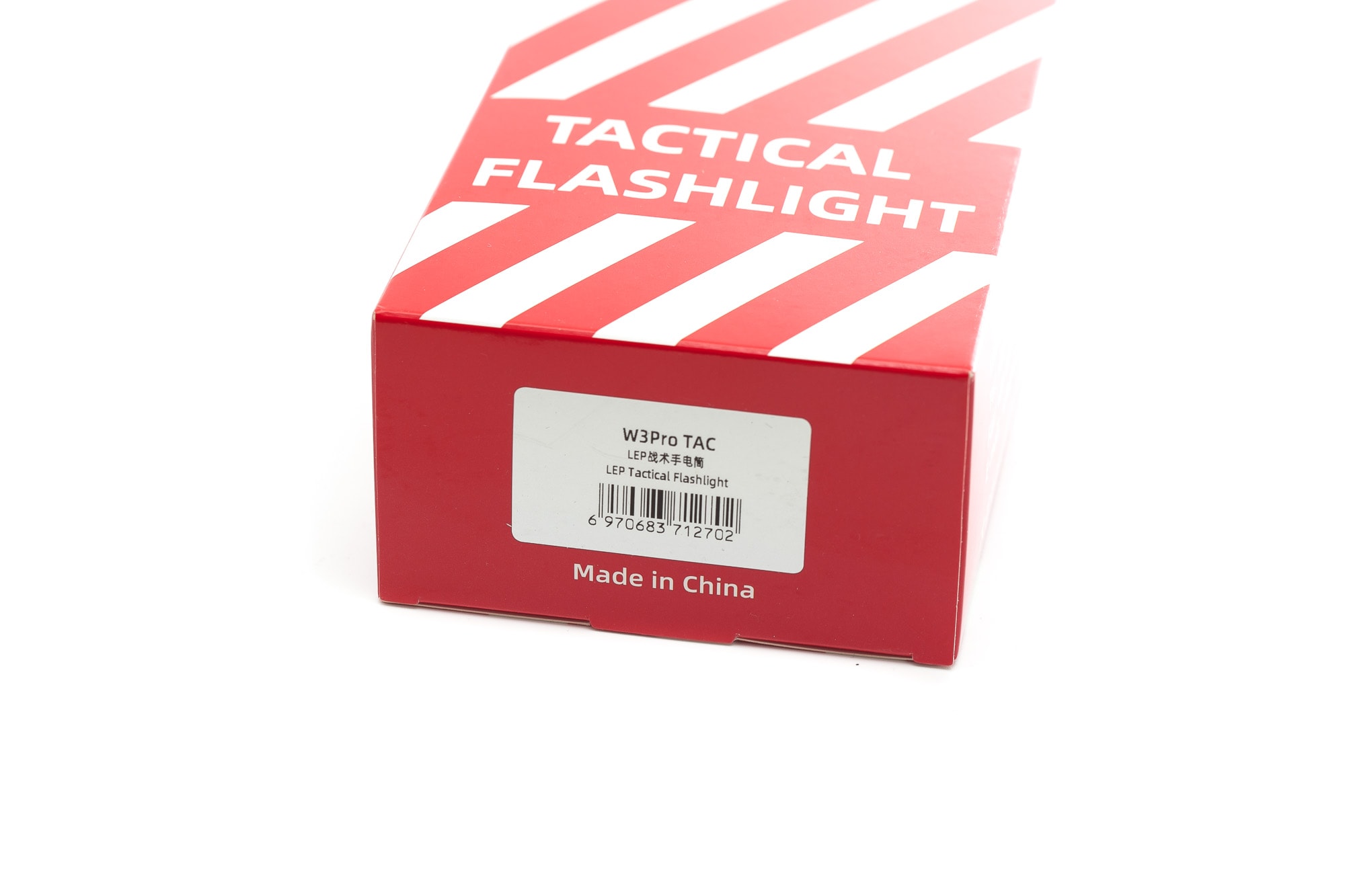
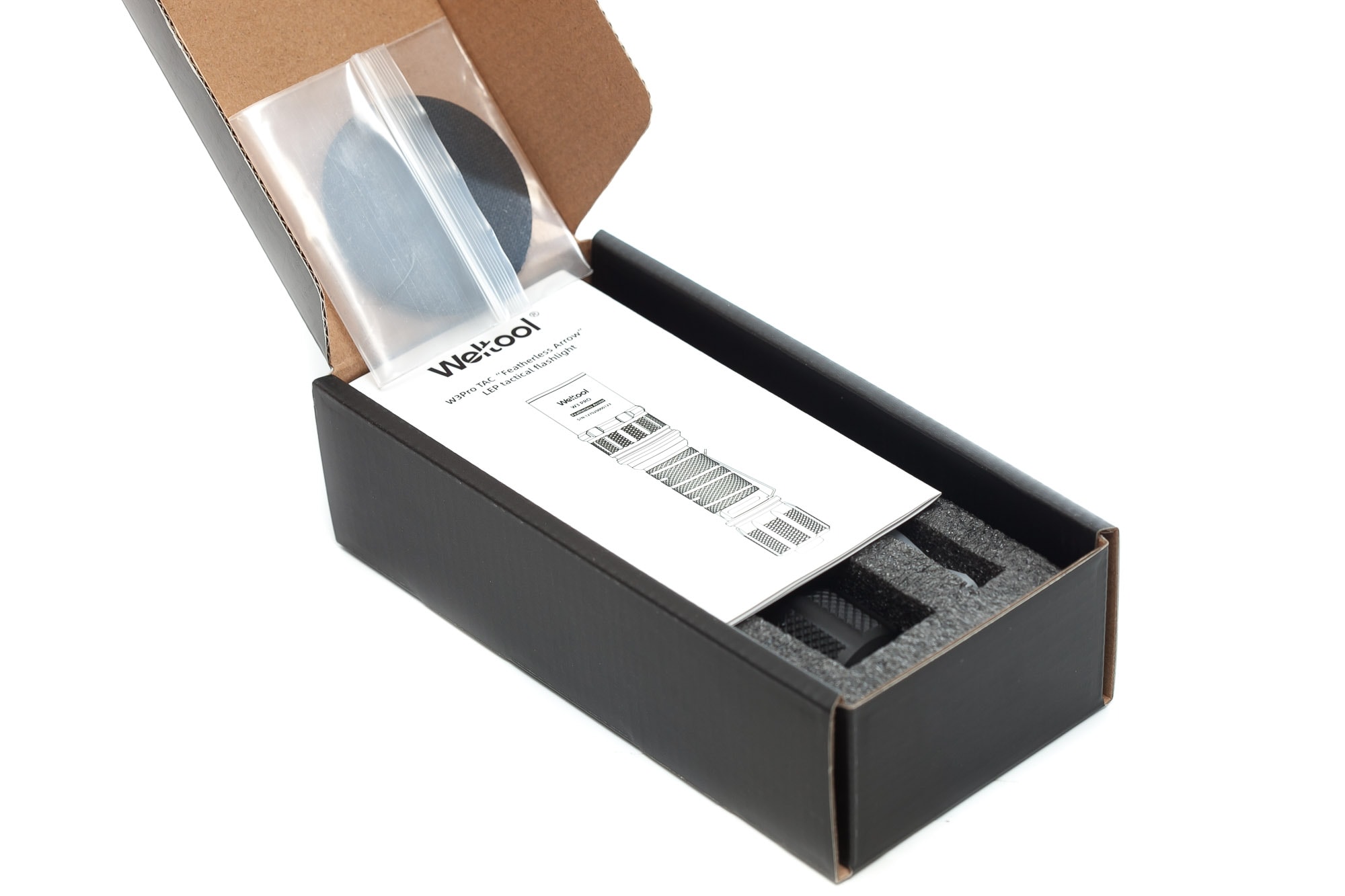
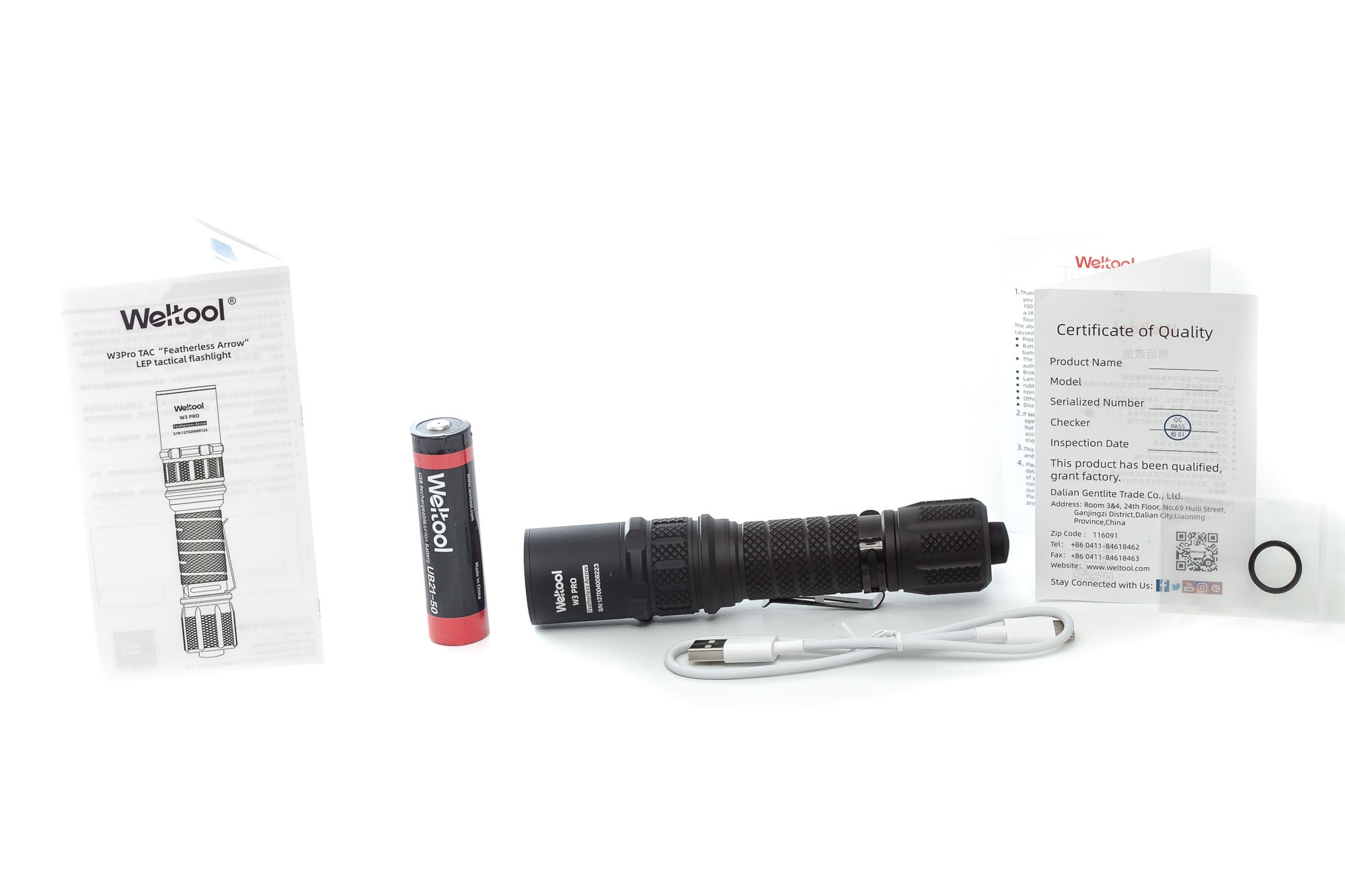
Flashlight in use
Before using the W3 PRO TAC, you need to unscrew the tailcap, and remove the battery insulator. If you don’t do that, you can hit that switch 1000’s of times, but it won’t turn on.. just saying…
Equipped with a mechanical forward-clicky switch, the W3 PRO lacks the ability to tailstand due to its protruding switch.
For those looking for an even shorter version of the W3 PRO Tac, Weltool offers the option to purchase the Weltool BB1. I believe it should fit the W3 PRO TAC as well. Personally, I find that most short flashlights on the market tend to appear awkward compared to their full-length counterparts.
Just like the Weltool W3 PRO, it has one of the most grippy machining I ever encountered. The knurling is really rough but in a positive sense. The tail cap is large and is very easy to unscrew. The diameter of the body, as well as the tailcap, are relatively wide.
For carrying, you can use the pocket clip, or get a holster. It’s a little too big to carry in your pocket. At least that’s my experience.
In terms of use, you can carry it in an overhand as well as the underhand position. In the overhand position, you can rest your thumb on the tailcap, so you can manipulate the switch comfortably. In the underhand position, you’d either need to change your hand position or use your other hand to change modes. This is the nature of the beast.
Weltool doesn’t include a lanyard, and the body doesn’t have any lanyard attachment holes. However, you can still connect a lanyard to the pocket clip. The pocket clip is removable, but you’ll leave some scuffs doing so. It is also pretty snappy, so it should do the job well. I almost never ever use a pocket clip for its intended purpose, so take this with a grain of sale. Also, another benefit of having is pocket clip is that it won’t roll of a table easily.
Anyway, the head has some cutouts which makes it not roll off a table anyway. So you could remove the clip if that was the only reason keeping it on.
When it comes to the specific tasks or use cases, It’s obviously made for long-distance, unless you use a filter like the Weltool LF33.
I’d imagine using it for hunting, hiking, camping for specific scenarios. But it might be possible to use in tactical situations as well since the beam is one of the widest LEP beams.
Because of the protruding mechanical forward-clicky switch, the W3 PRO Tac lacks the ability to tailstand due to its protruding switch.
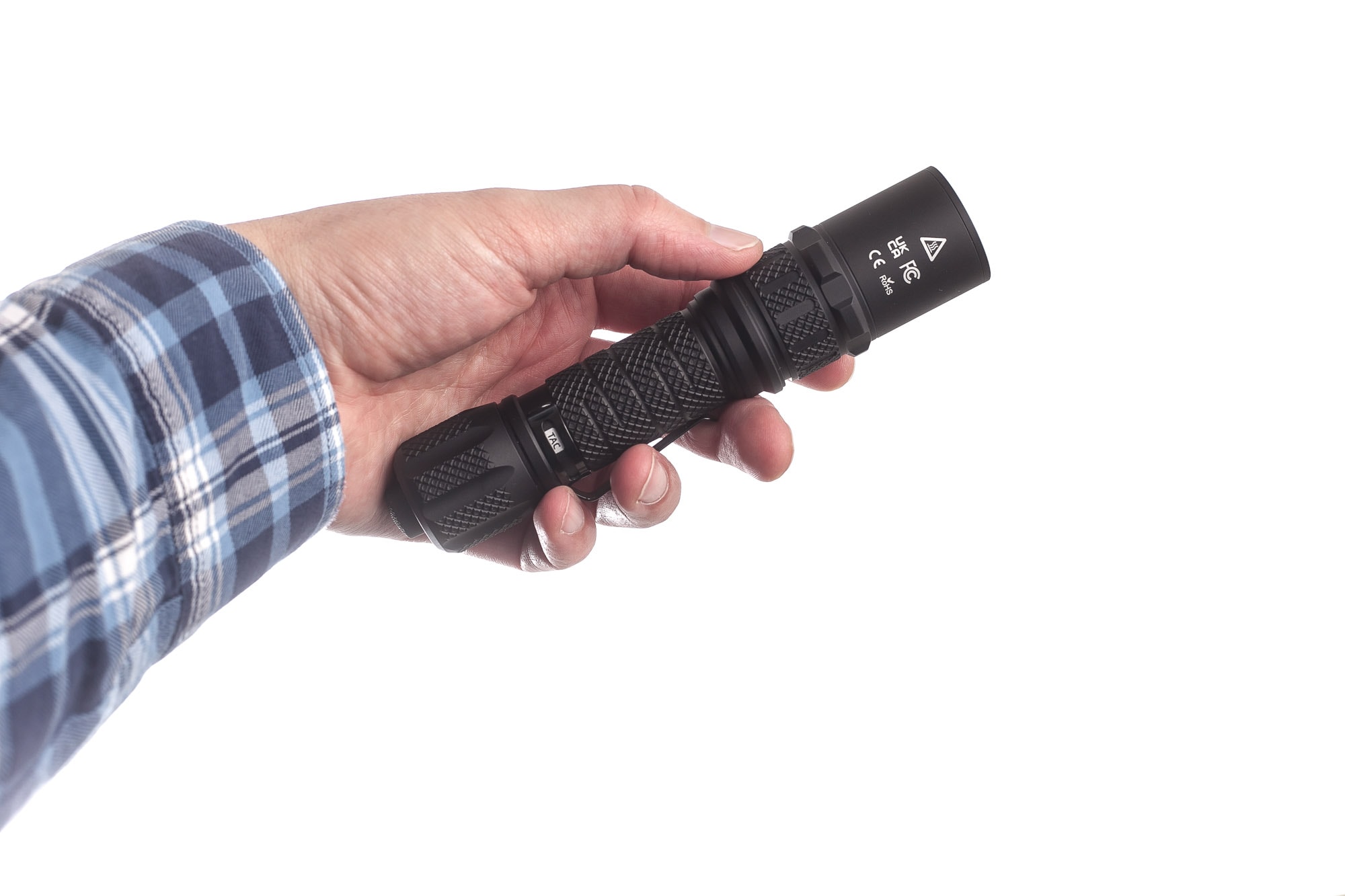
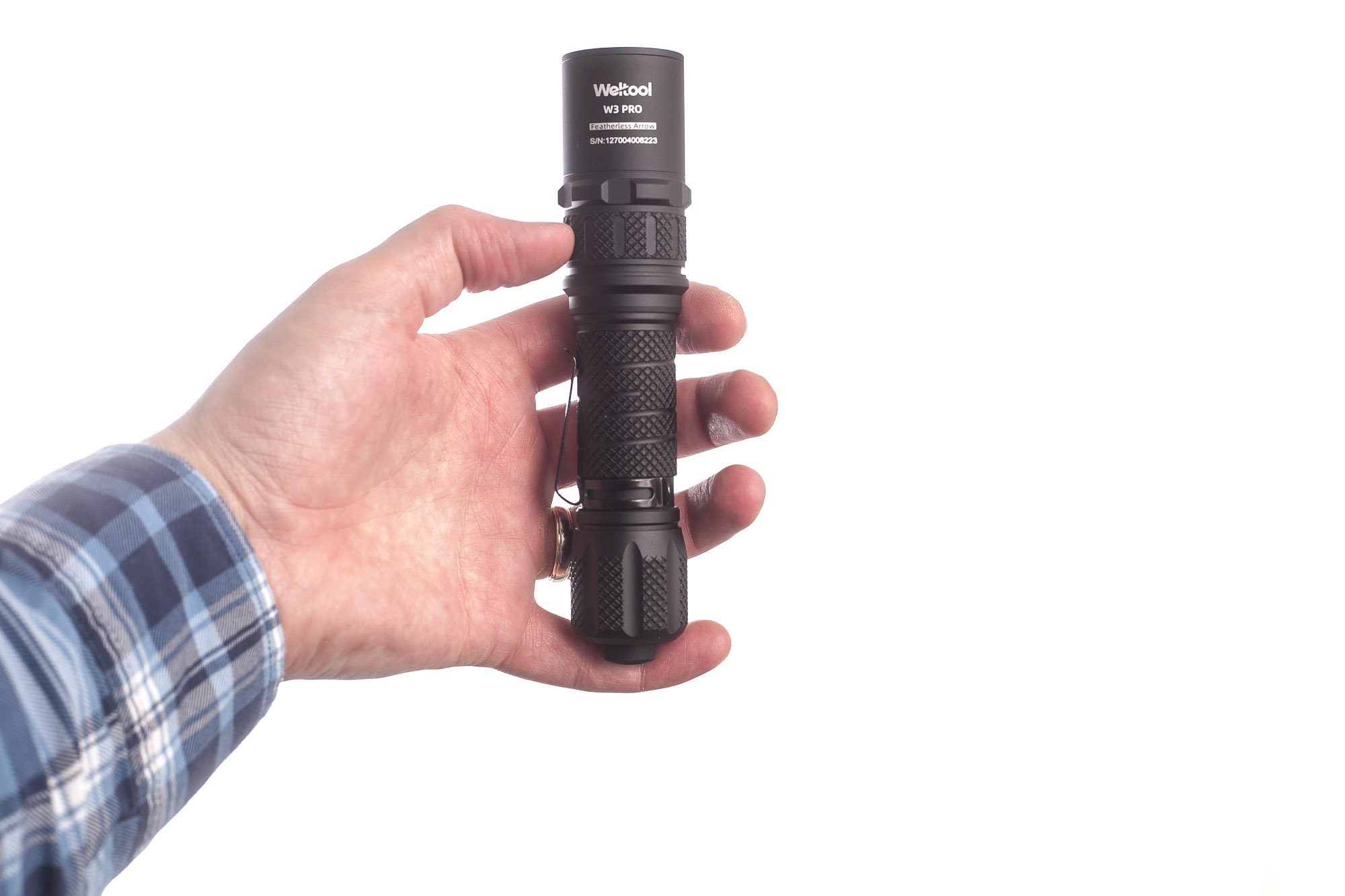
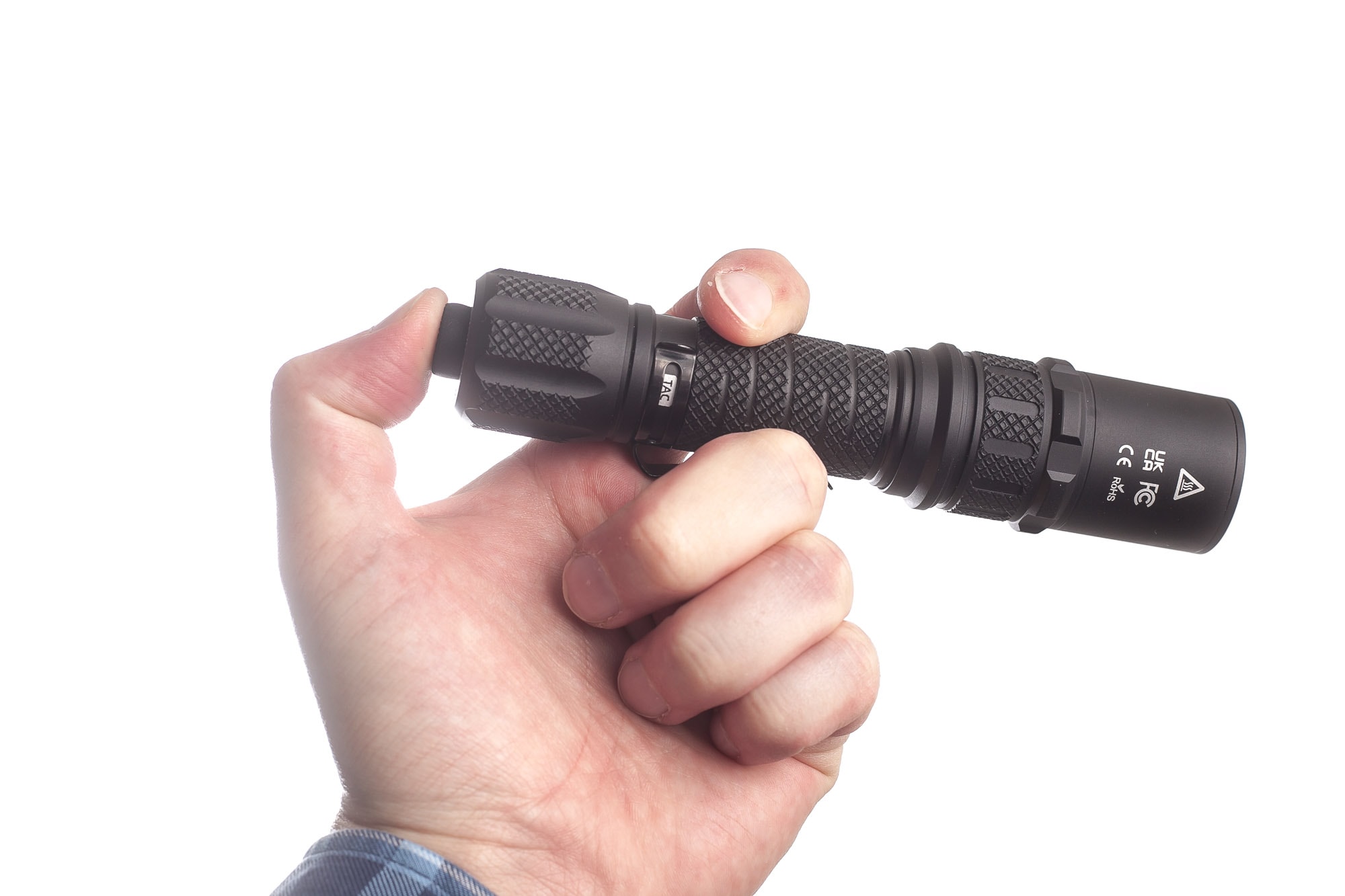
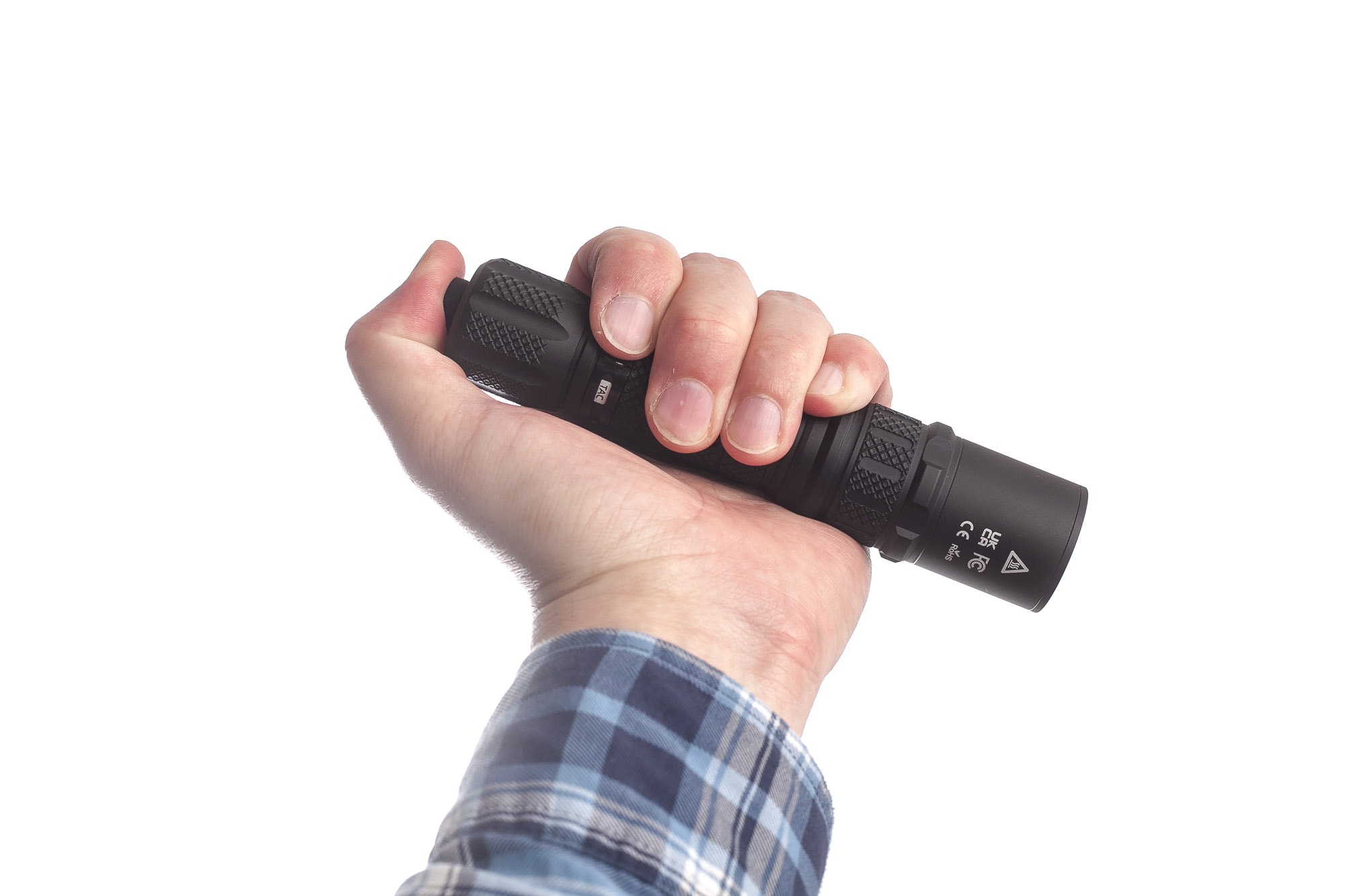
Build Quality and Warranty
The W3 PRO TAC has top-notch build quality. It features knurling on the tailcap, body, and head, enhancing its grip and handling. The aggressive body and knurling contribute to the overall appeal.
An upgrade from the W3 PRO is that the W3 PRO Tac doesn’t have the issue that you accidentally unscrew the head from the body. This could accidentally, but it doesn’t happen anymore with the TAC version. Thanks Weltool.
The anodization on the W3 PRO is awesome, featuring a matte-type finish. Overall, the build quality of all Weltool flashlights I own is truly outstanding.
Warranty
From the date of sale (the serial number on the Lights body can show the date), the limited warranty for LED products is 5 years, and the warranty for LEP products is 2 years.
The above free warranty does not cover any damages or failure caused by:
- Problems caused by alteration, misuse, abuse, or unreasonable
- Battery leakage , improper operation or using poor quality battery
- The products do not purchase from Weltool directly or its authorized dealers or other illegal way
- Broken lens caused by external force
- Lamp, switch runs out of its lifespan
- rubber cap, O ring’s naturally aging
- normal wear and tea, imprinting, or color finishes
- Other problems caused by improper operation
- Discontinued products
If Weltool products don’t work because of your improper operation, we can provide paid maintenance. Labor is free but we will charge for parts. The total repair fee is assessed according to the cost of the replaced materials. Freight should be paid by customers.
This limited lifetime warranty also excludes batteries, chargers, switches and electronics.
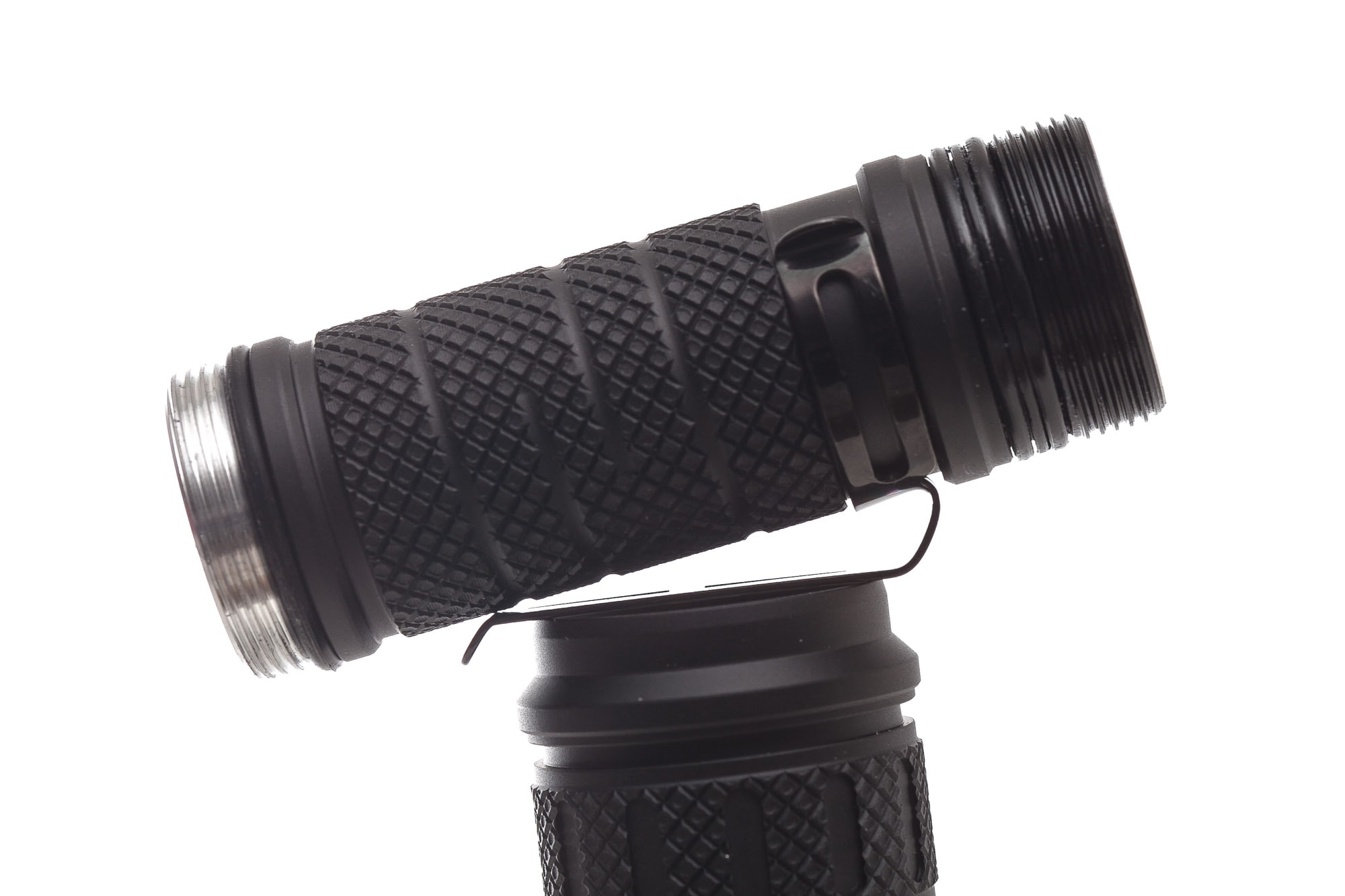
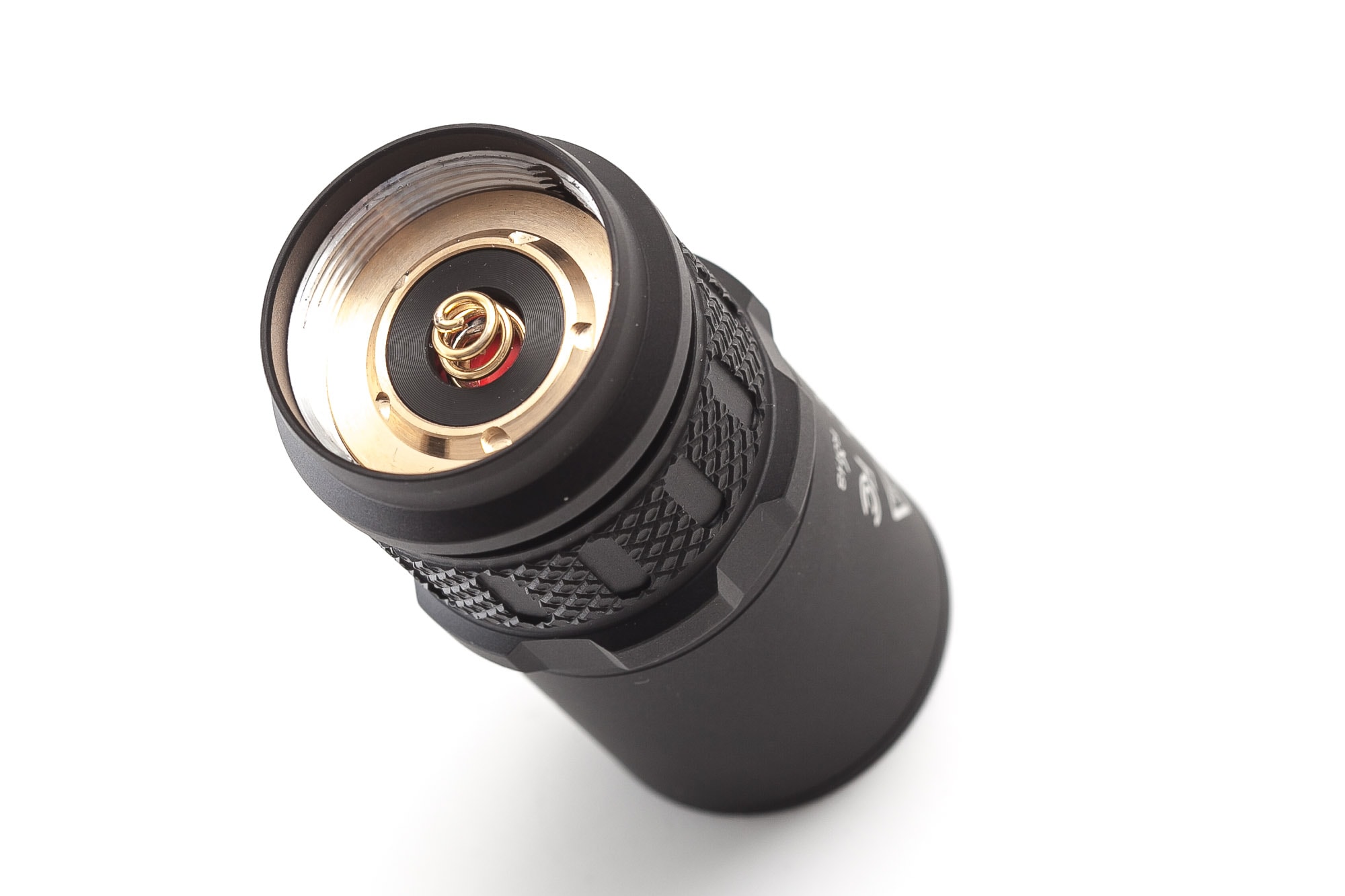
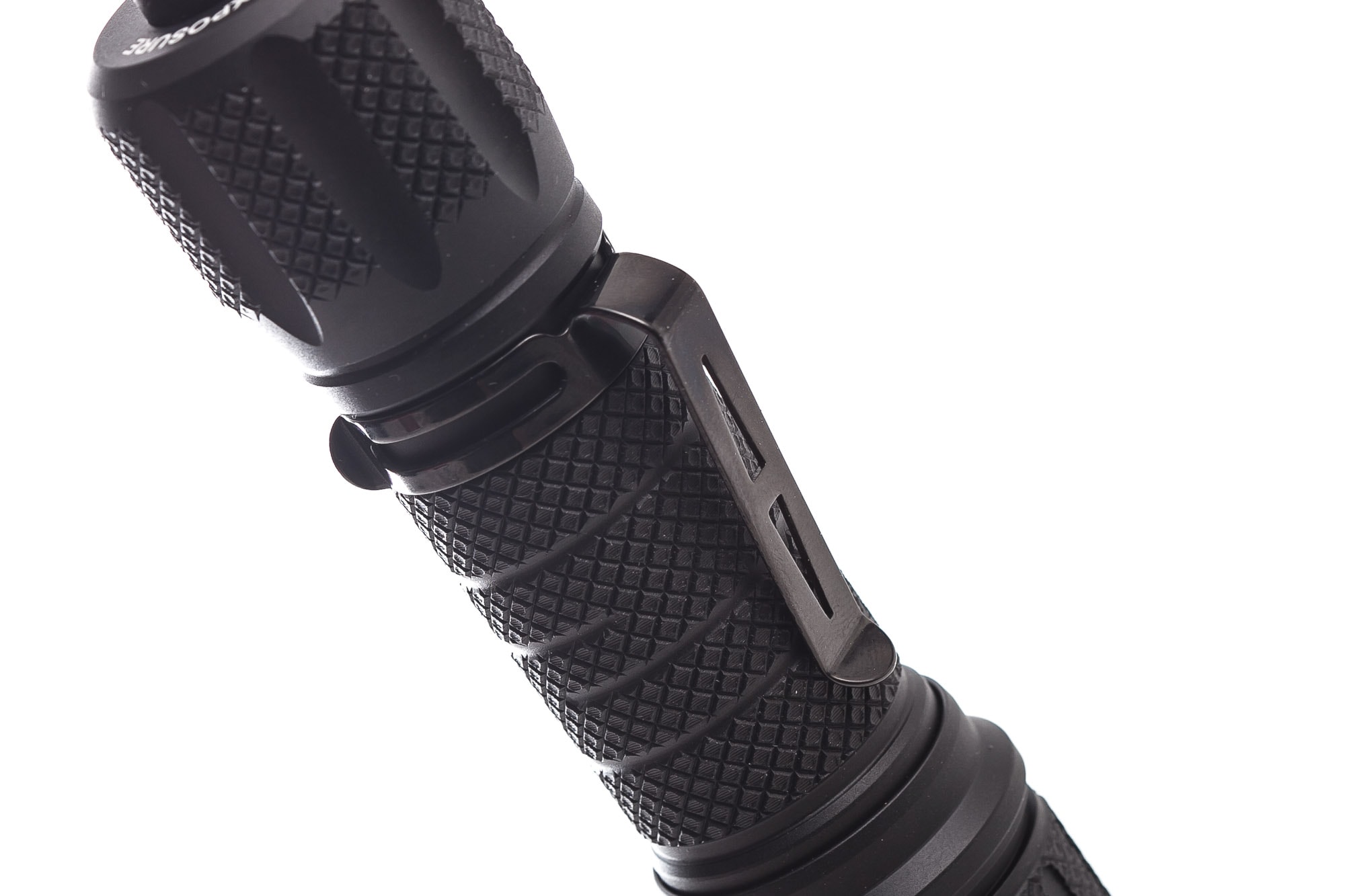
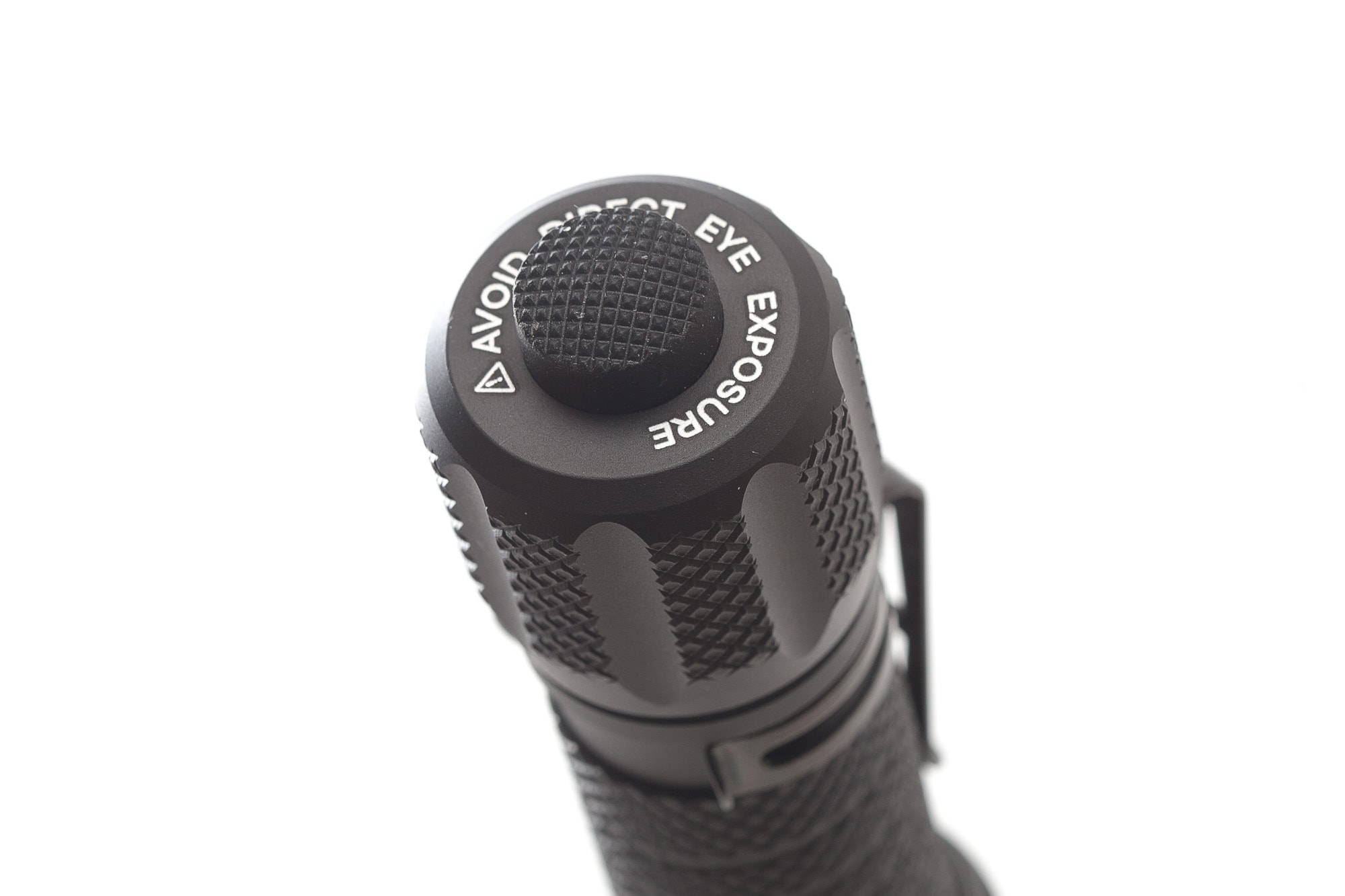
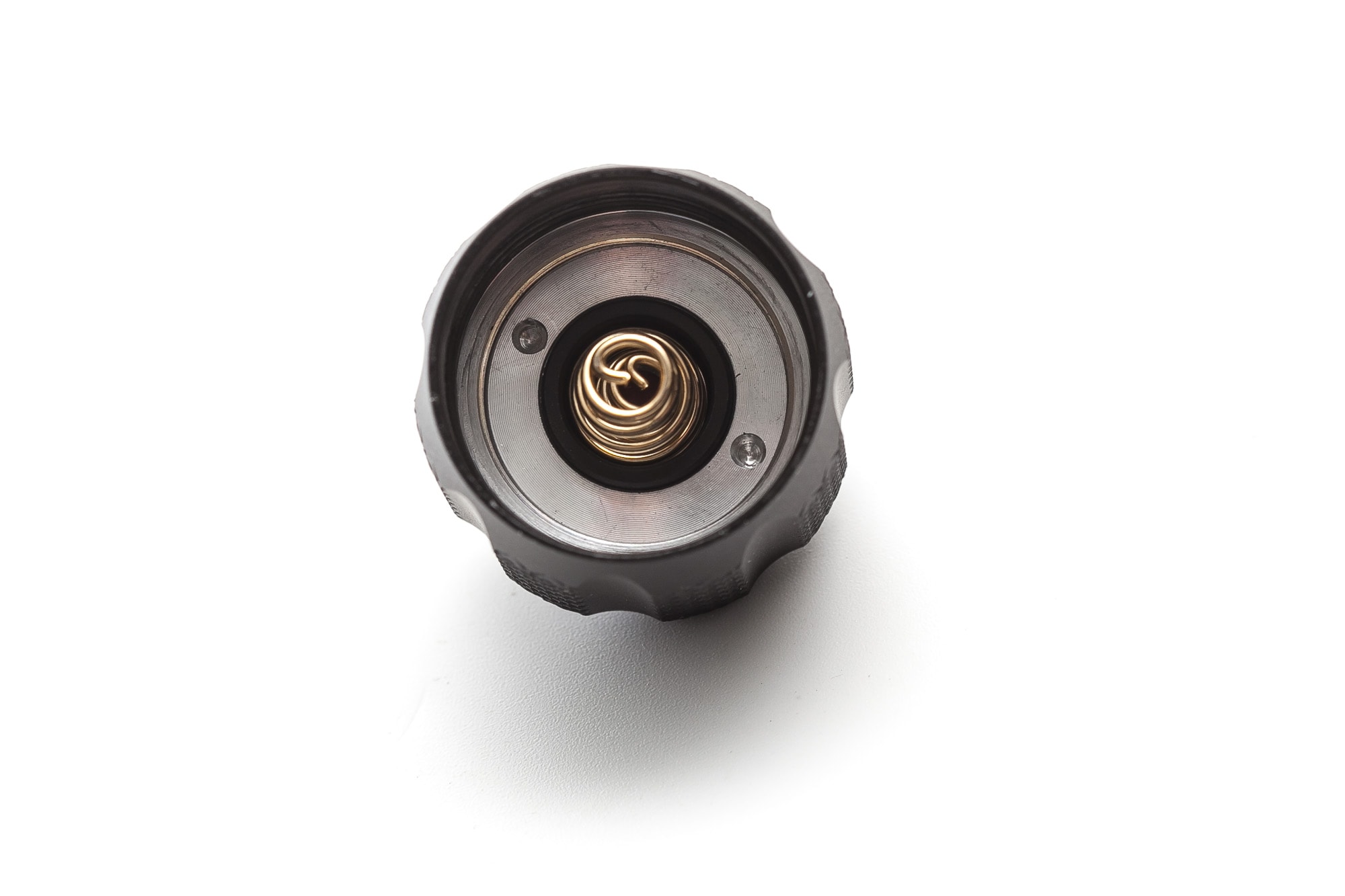
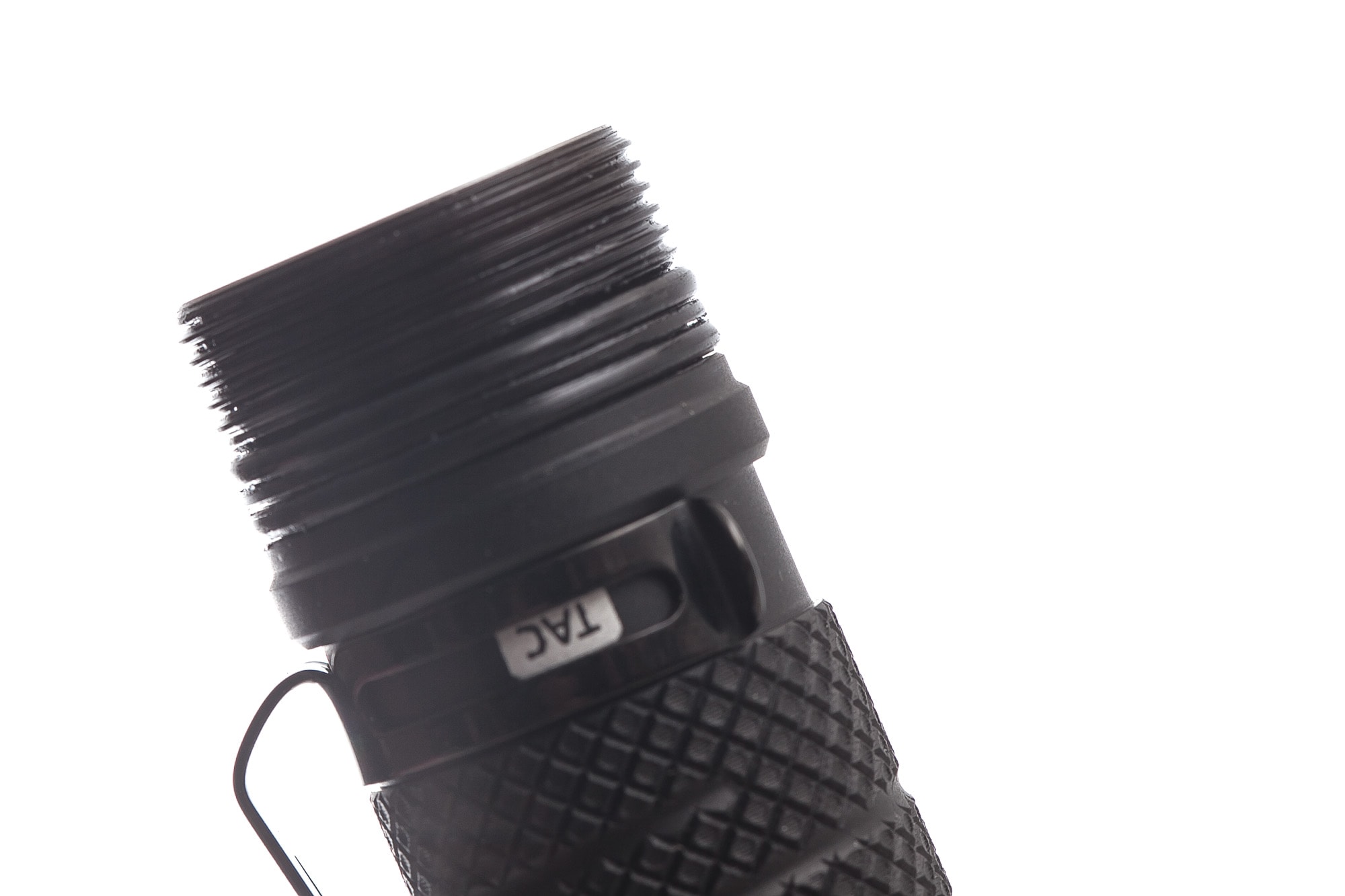
LEP, Lens, Bezel, Beam, and Reflector
The W3 PRO TAC, is just like its sibling an LEP flashlight. This means that the light source is a laser instead of an LED chip.
With LEPs there are currently 2 main types, namely a mirror-type and shine-through type. The mirror type uses a much bigger module (plastic) and is the earliest iteration. The newer type is the shine-through, where the laser shines through a layer of phosphor to turn the blue laser into a white-ish beam. The W3 PRO TAC version uses a shine through LEP module.
Until fairly recently, most LEPs were sold as being Class III / Class 3, but these are prohibited in many countries. Weltool also knows this, and incorporates a Class 1 in the TAC version.
The LEP sits behind a convex lens that turns the beam into a wider beam, and it is protected by a normal glass lens. This is great because if the convex lens gets scratched, it’s much more difficult to find a replacement. And a normal glass lens can easily be replaced, and is much cheaper.
Here are some of the things it mentions:
When pointing the beam onto a wall at close range, the beam is pretty ugly, and greenish. However, outdoors it certainly comes to life, even with a so-so beam color.
Compared to the W3 PRO and other competitors, it’s producing many more lumens, and has a much wider hotspot. Some people would really like this.

Dimensions and its competition
Dimensions:
| Weltool W3 PRO TAC | Millimeters | Inches |
|---|---|---|
| Length | 160 mm | 6.3 in |
| Bezel diameter | 33 mm | 1.3 in |
| Head largest diameter | 36 mm | 1.4 in |
| Tailcap diameter | 32 mm | 1.25 in |
Dimensions are rounded to the nearest millimeter, and to the nearest tenth of an Inch.
Weight:
| Weltool W3 PRO TAC | Weight in grams | Weight in oz. |
|---|---|---|
| Without battery: | 169 g | 5.95 oz |
| With battery | 242 g | 8.55 oz |
Weight is rounded to the nearest gram, and to the nearest hundreth of an Oz.
Weltool W3 PRO TAC comparison
Size compared to other LEP flashlights
Group 1, from left to right: Acebeam W10 Gen2, Fenix TK30, Weltool W3 Pro, Weltool W3 Pro Tac, NEXTORCH T10L, Fenix HT30R
Group 2: Weltool W3 PRO vs Weltool W3 PRO TAC
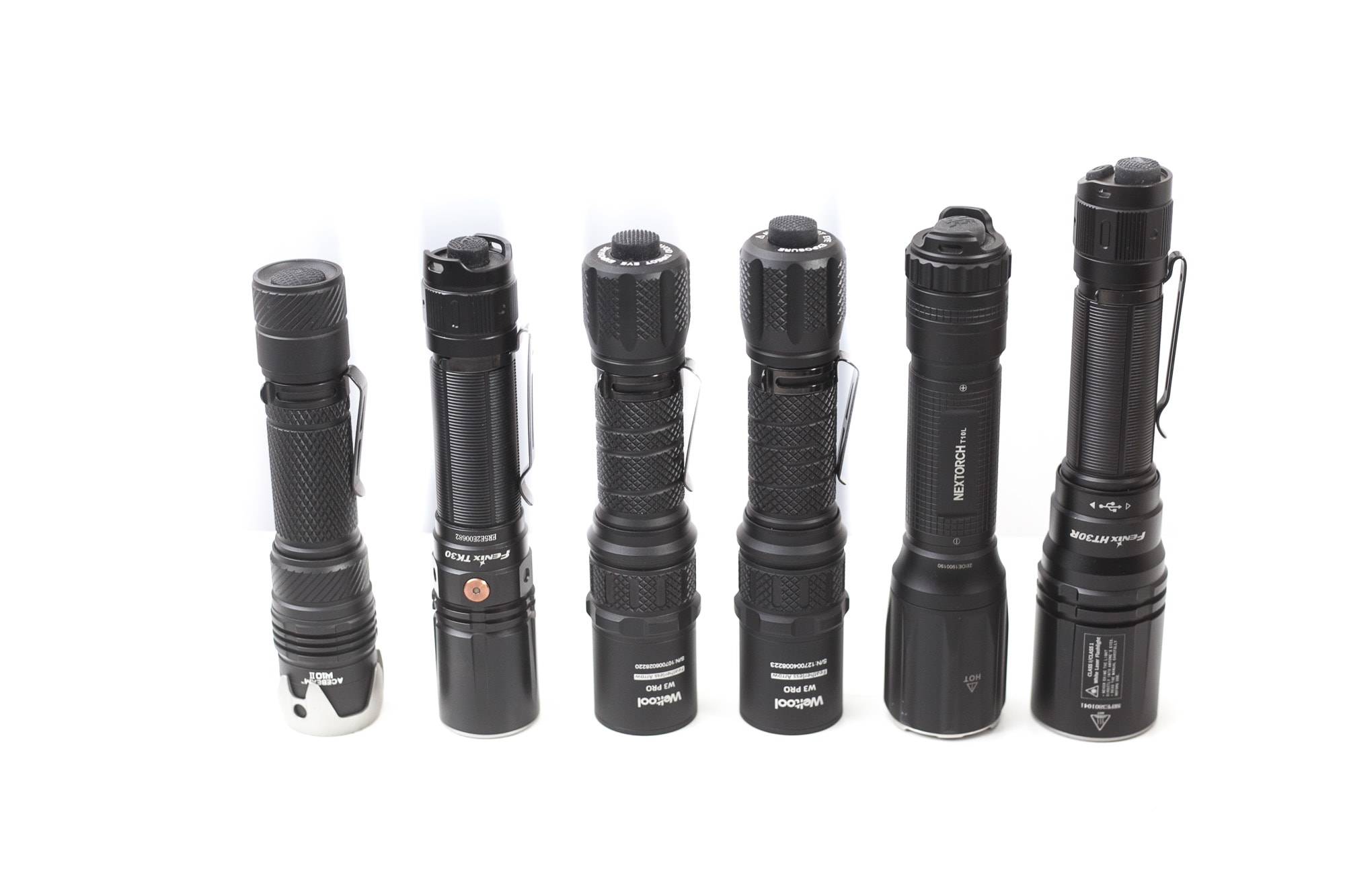
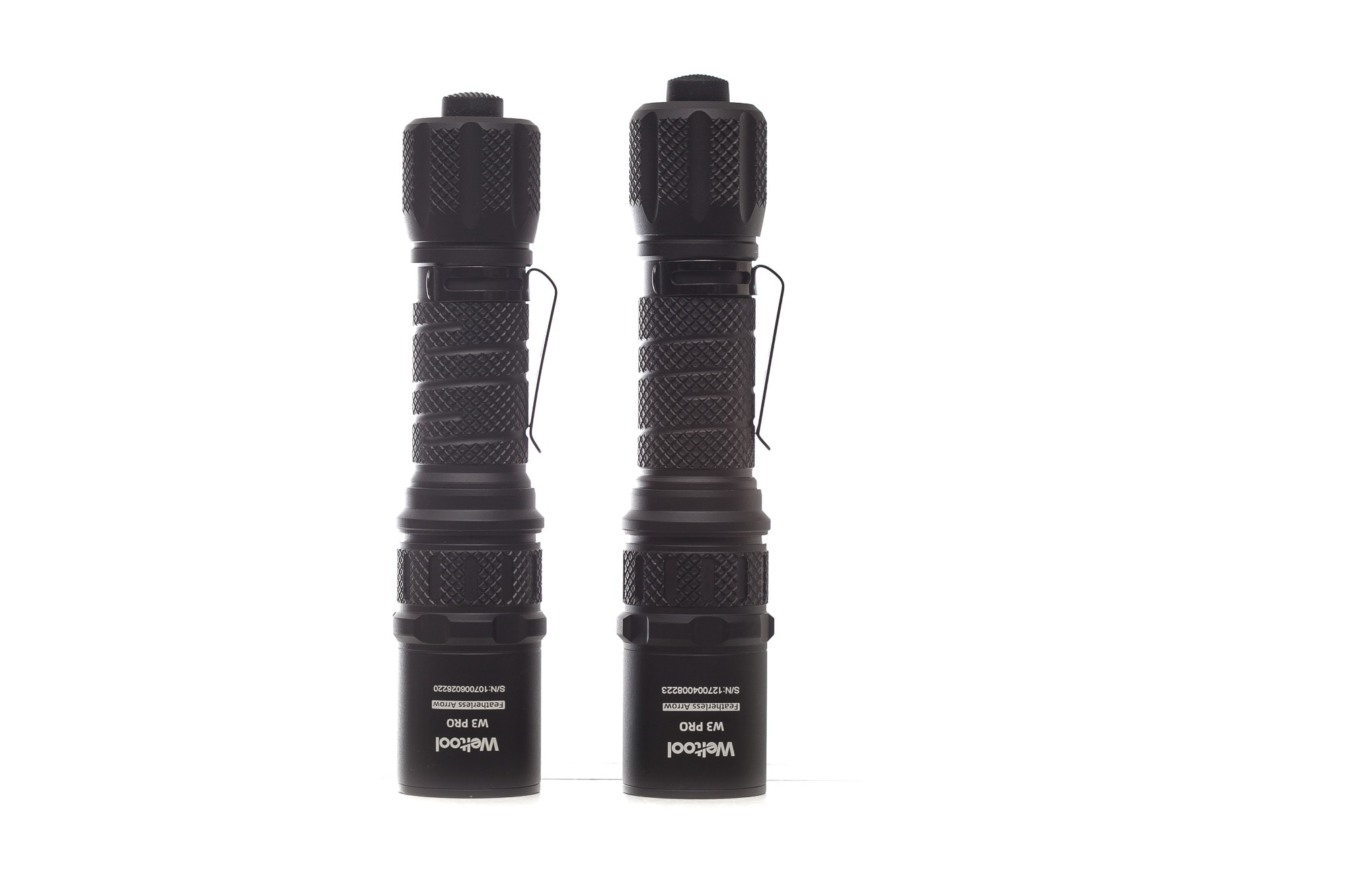
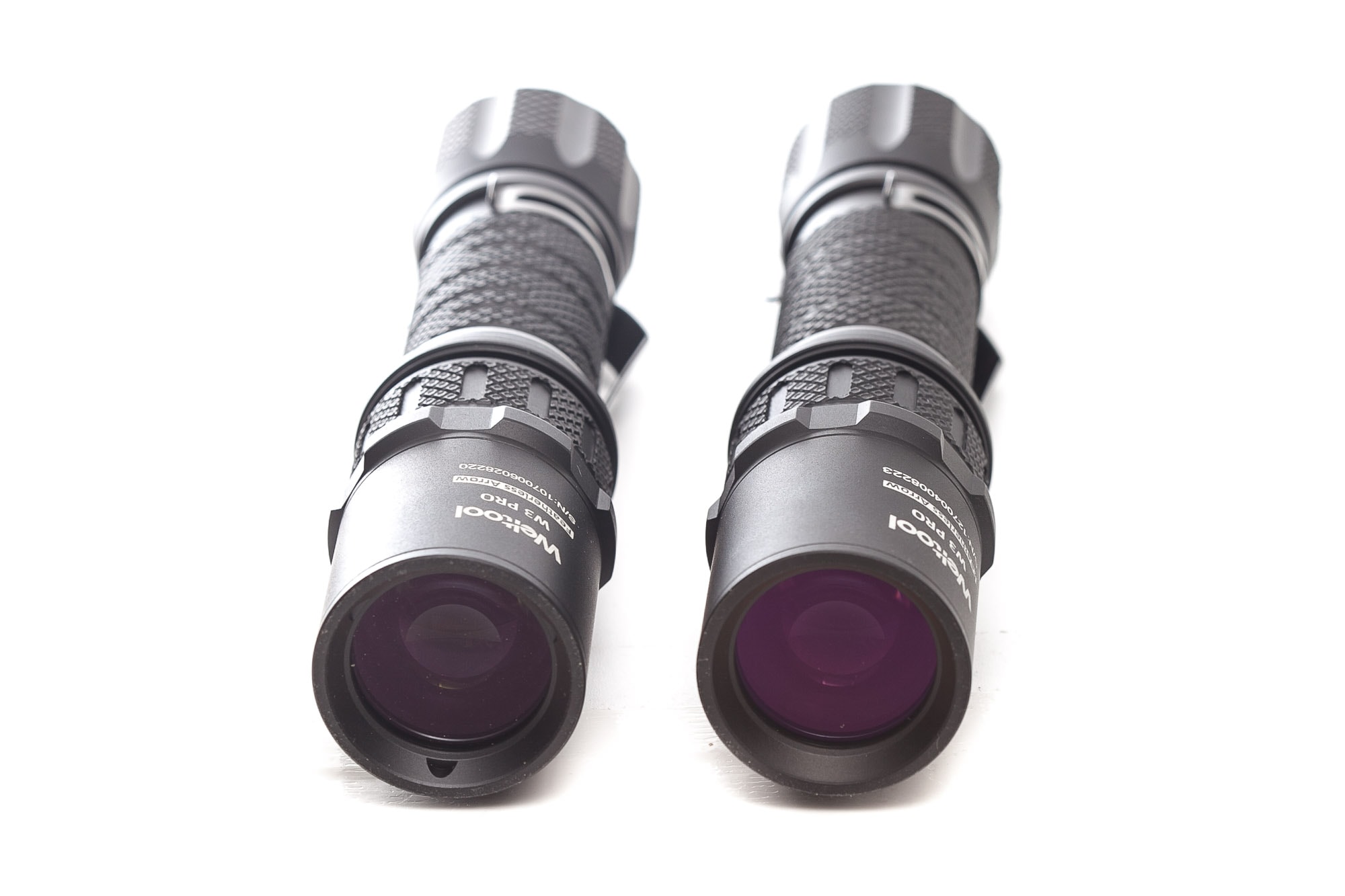
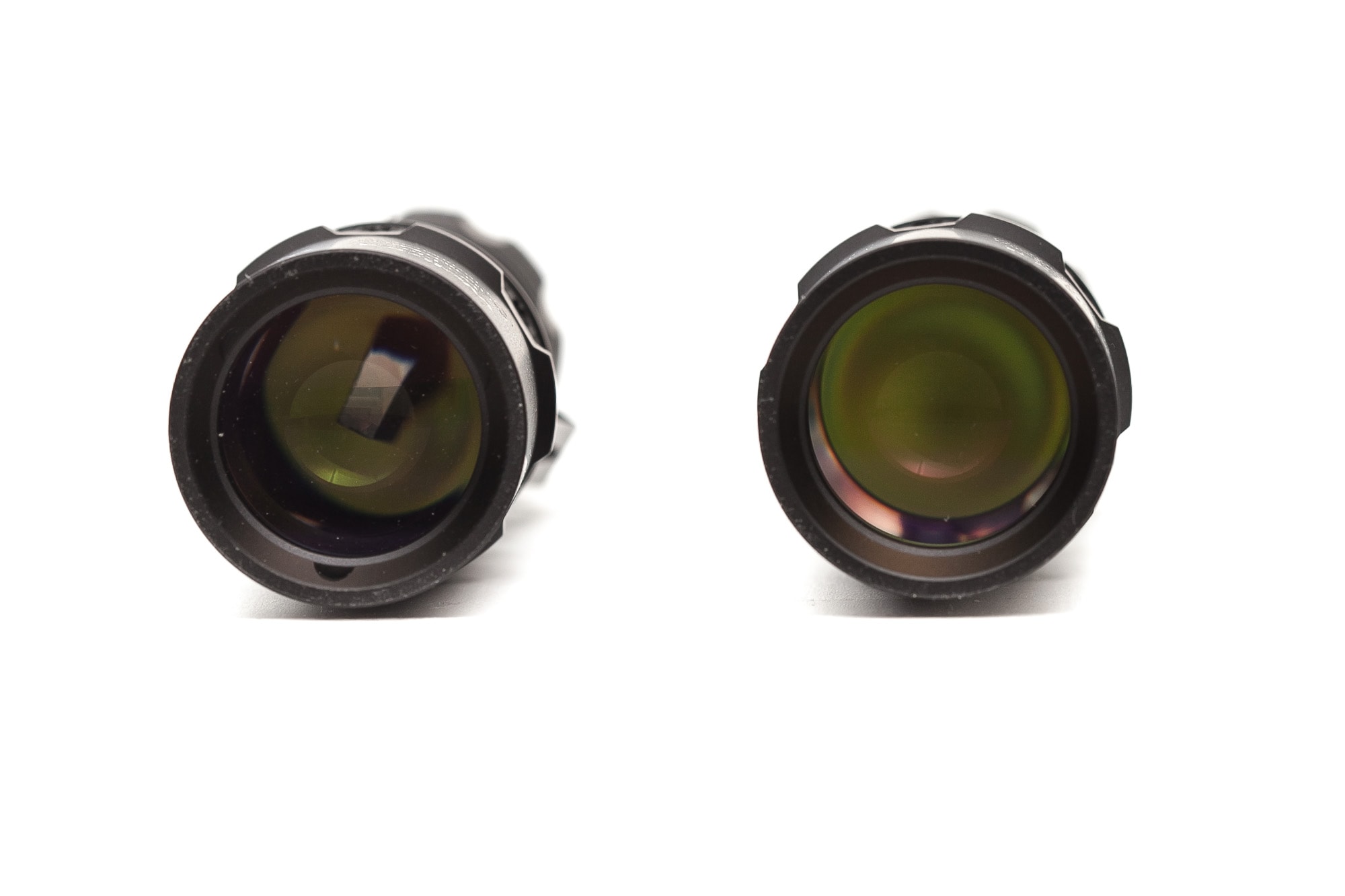
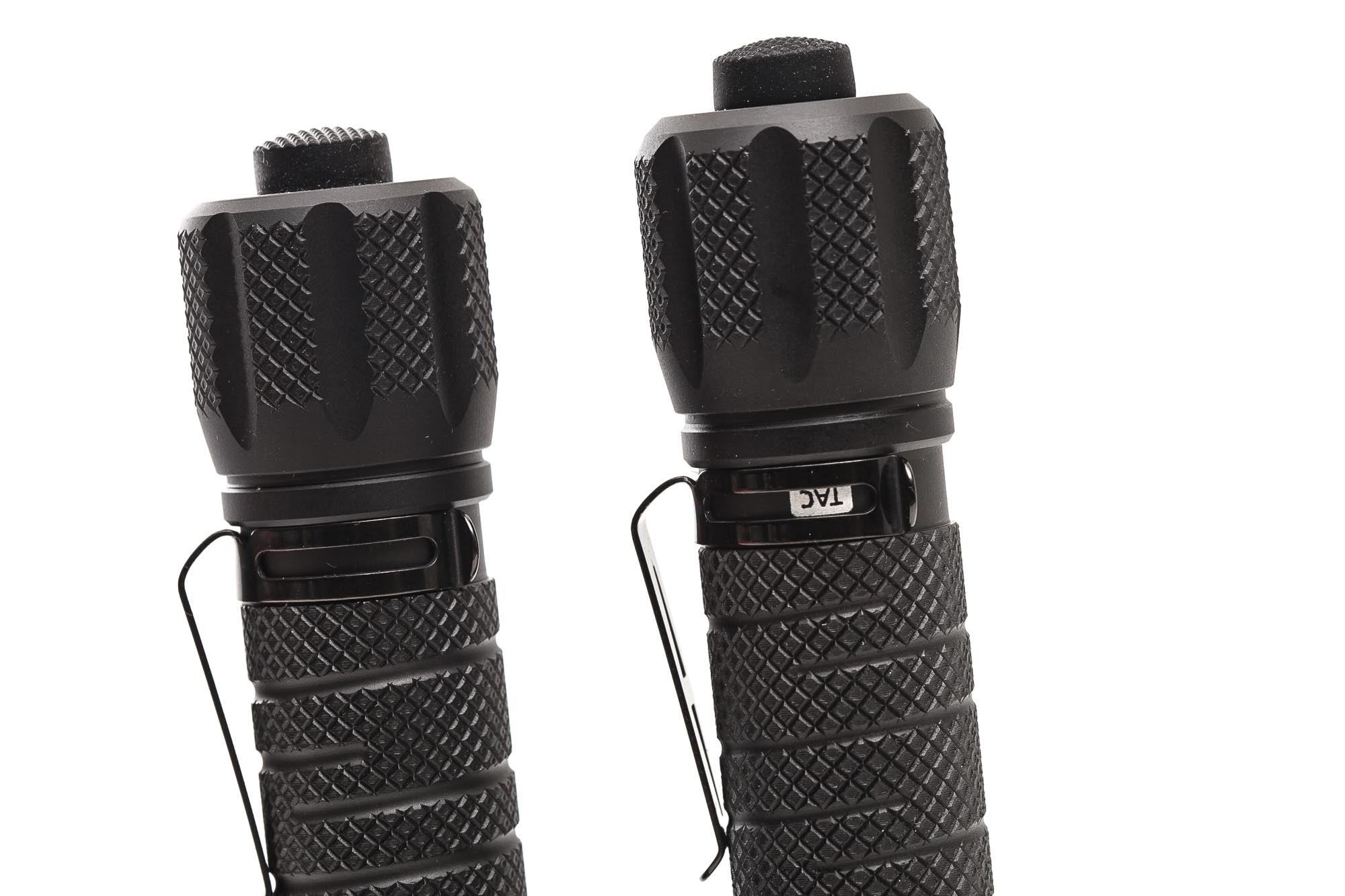
Weltool W3 PRO TAC UI : User interface and driver
The Weltool W3 PRO TAC has a pretty simple UI, with 2 hidden modes.
The available main modes:
- High (plus hidden Low mode, second tap after strobe, see explanation below)
The available special modes (blinkies):
- Strobe (hidden, by 4 taps from off)
How the UI works when the flashlight is still turned OFF:
- Half-press: momentary on (no morse coding possible, because of the hidden modes)
- Single-click: turns on
- 4 taps/half-presses: Strobe (you have to fully click to activate continous)
- If you let go, and tap the switch again, you’ll activate Low mode momentary.. full click will activate continues
- So, to use low mode continuously, you have to half-press the switch at least 4 times, keep it pressed so you can see strobe mode, let the switch go, and half press again for momentary Low. Or do a full click to use Low continously. 5 taps doesn’t work!!! You really need to activate Strobe first, before you can activate Low.
How the UI works when the flashlight is turned ON:
- Half-press: nothing… it’s a forward clicky switch
- Single-click: turns the light off.
Shortcuts within the UI:
- To Turbo: turn on
- To Strobe: at least 4 half-presses/taps from off.
Mode memory:
- Always start in High
Blinky modes:
- Yes, hidden. Strobe can be accessed by at least 4 taps, for momentarily. If you want to use it continously, you have to do a full click.
Low battery warning:
- Not that I noticed
Lock-out mode:
- No
PWM:
- Not visible by eye
Firmware / UI Conclusion:
- The UI is new to me, but it’s built into a couple of Weltool flashlights now. I’m not 100% on board yet, but maybe I’ll see the benefits sooner. I know some people love this feature, because you basically always start in High mode, which I really like. No mode memory.
Weltool W3 PRO TAC Charging and batteries
Weltool includes a high-capacity 21700 battery. Its model name is: UB21-50. It’s a 5000mAh protected 21700 battery with a USB-C charge port. Weltool also includes a USB-A to USB-C cable for charging. But you can also use USB-C to USB-C in case you wondered. Te voltage read 3.56V upon arrival. This is a great voltage for storage and shipping.
The specs on the battery say: 5V 2.0A, but there was no way on earth to come close to it. I measured around 1.3A max, and charging took 3 hours and 40 minutes.
During the charge, a little indicator LED is visible inside the positive side of the battery. There is a tiny hole with the indicator LED behind it. During the charge, it lights up red, and when finished it turns blue.
Since both, the tailcap and driver, use springs it also accepts flat top, unprotected batteries. You need to invest a little more in a good 21700 charger, if you haven’t upgraded your li-ion charger in the past 3 years. Most chargers won’t accept this battery length.
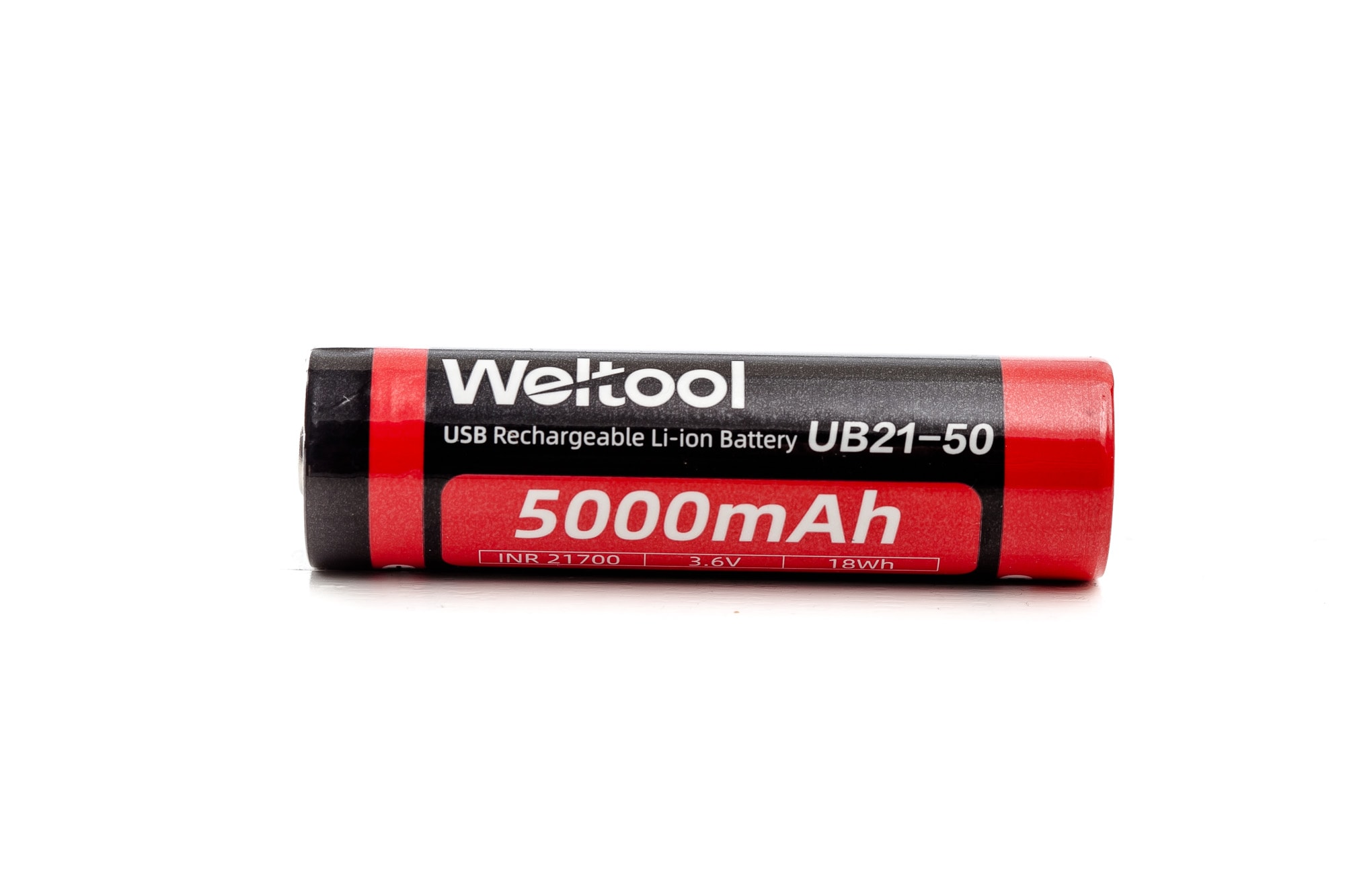
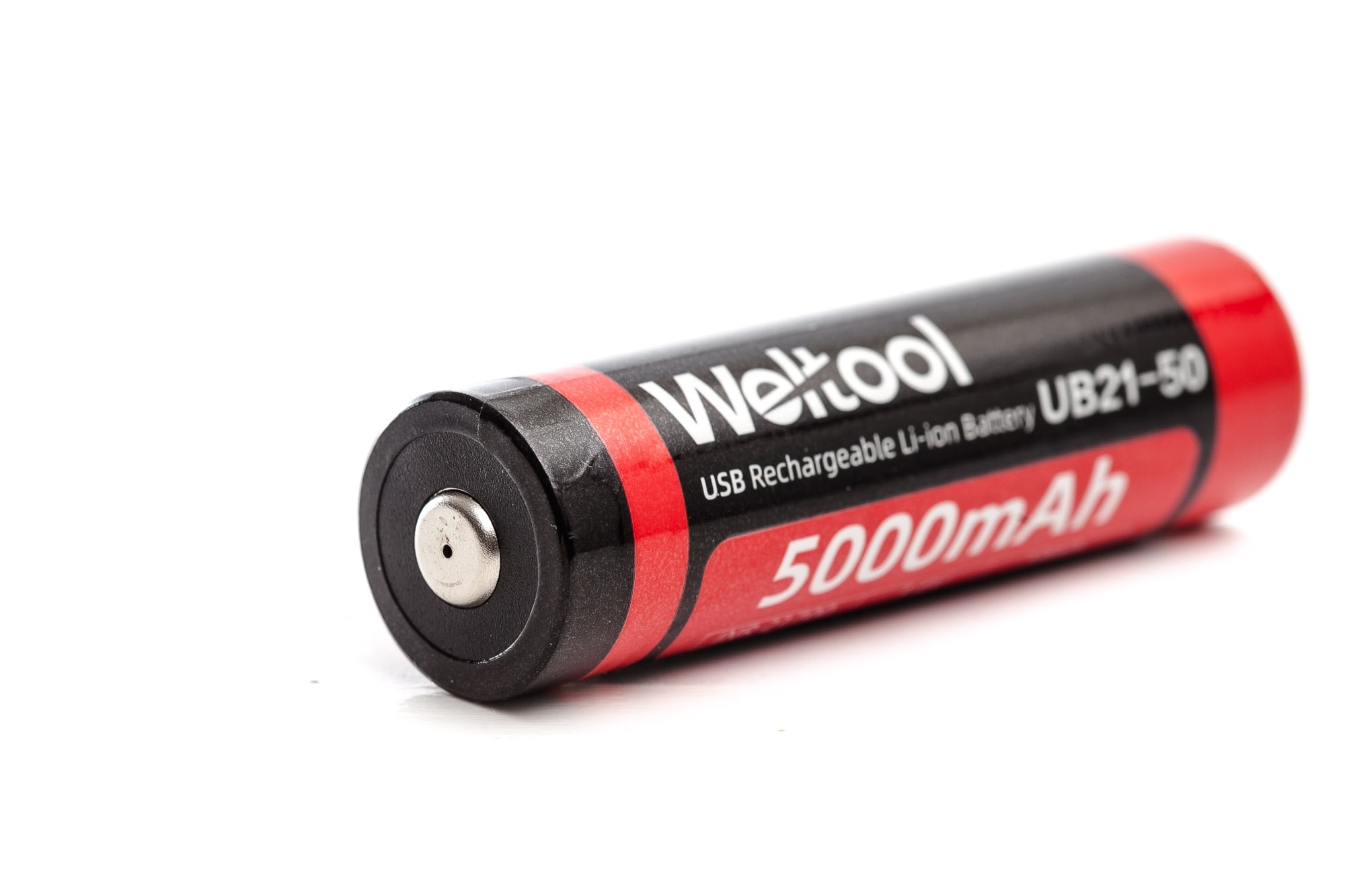
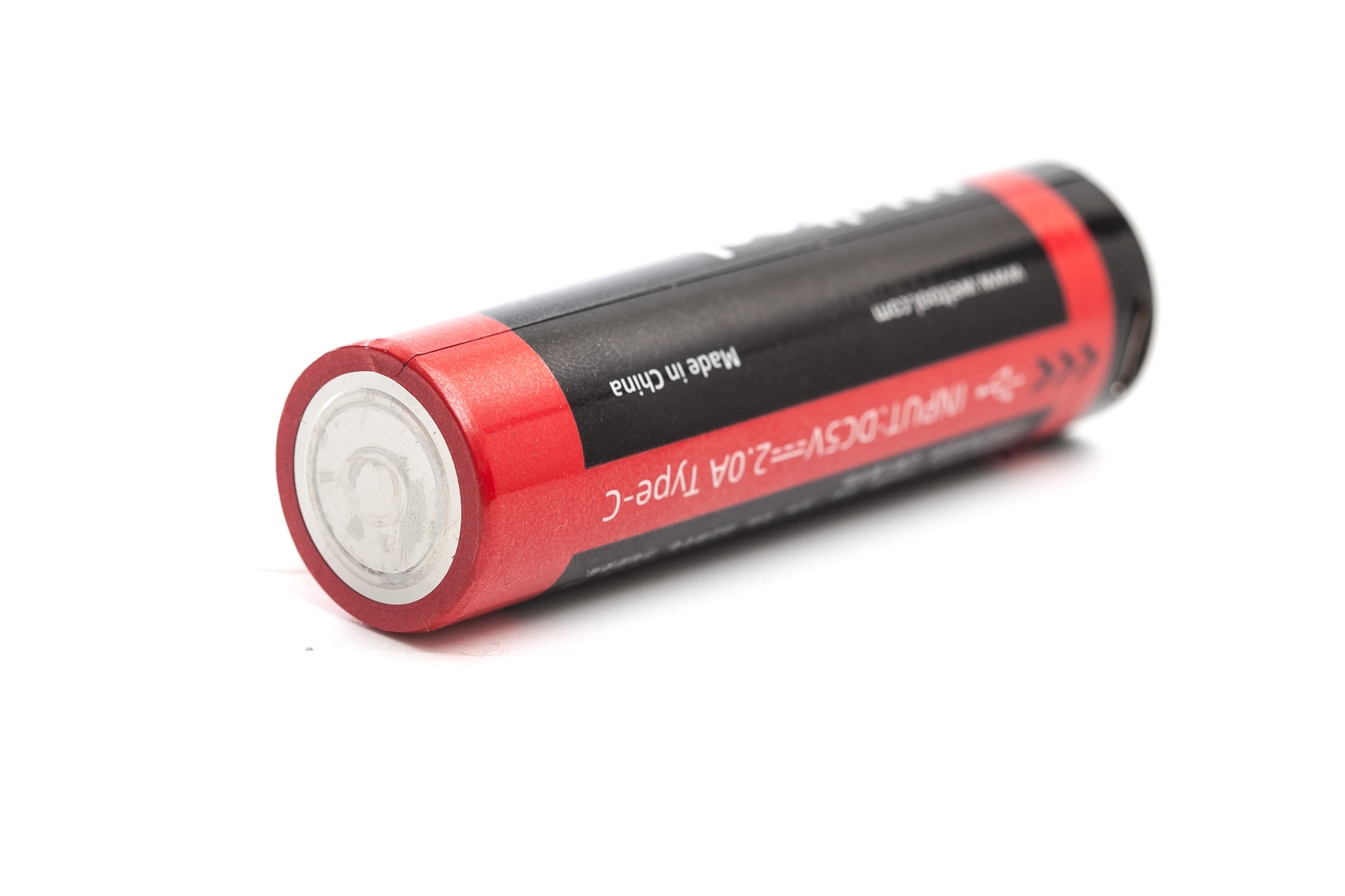
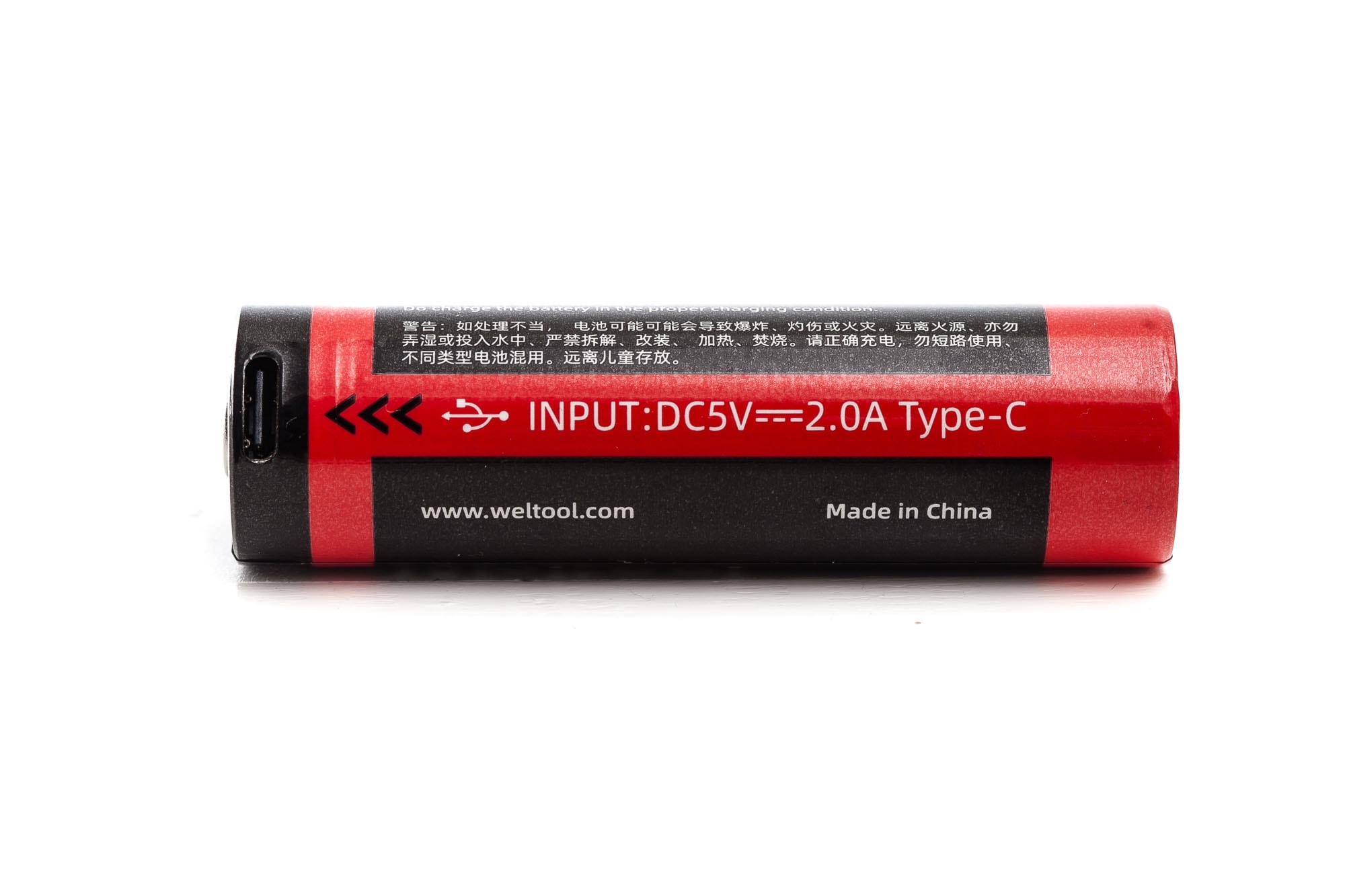
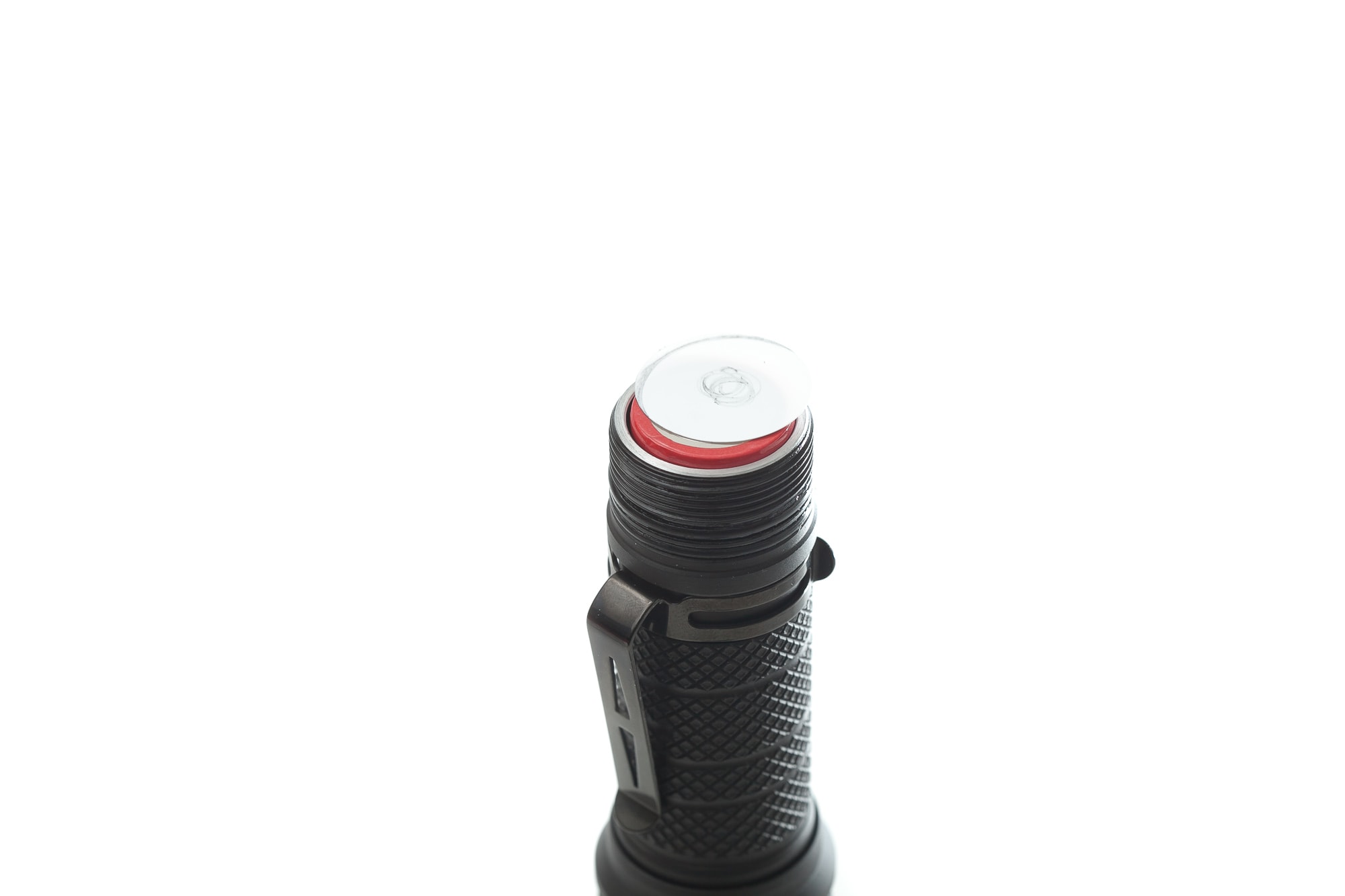
Performance test
This is the gear I used for testing:
| Gear | Purpose | Link to buy |
|---|---|---|
| Hagner E4-X | Measuring beam intensity (throw) | Inquire at Hagner.se |
| Extech SDL400 | Lumens and logging runtimes | Amazon.com, Amazon.co.uk, |
| Leica Disto D2 | Distance for throw measurements | Amazon.com, Amazon.co.uk, |
| Asensetek Lighting Passport Pro Standard | Spectrometer for LED measurements | – |
Lumen measurements:
How Lumens are Measured: Understanding ANSI FL1 Standards How Lumens are Measured: Understanding ANSI FL1 Standards: The ANSI FL1 standards specify that output in lumens should be measured 30 seconds after turning on, as this is the standardized time for measuring brightness according to the industry standard. This is why we focus on this part in our measurements. The ANSI FL1 standards require an ambient temperature of 22 ± 3°C. We record the ambient the ambient temperature to identify potential reasons for any observed discrepancies.The output measurements in this review are based on my homemade integrating spheres, each equipped with an Extech SDL400 Lux Meter. For consistency and accuracy, a calibration light (Convoy S2+ with 249lm and a Convoy S2+ with 261lm) is measured prior to each set of lumen measurements.
I measured the output in 2 spheres, to make sure my readings are accurate. And I saw that both measurements were within less than 1% difference, so I trust the following outputs.
All of my readings were taken from a fully-charged Weltool UB21-50 battery.
The measurements were taken manually at turn on and 30 seconds. The 10 minute numbers are taken from the runtime graph. Room temperature was 23 degrees Celsius.
| Weltool W3 PRO TAC | Specs | At turn on | 30 sec | 10 minutes |
|---|---|---|---|---|
| High | 930 lm | 1097 lm | 1017 lm | 896 lm |
| **High at 3.67V** | – | 1085 lm | 1010 lm | – |
| Low | 322 lm | 374 lm | 369 lm | 337 lm |
For testing purposes I also tested with a 21700 battery at 3.67 Volts. It’s amazing to see that the output is still very close to the output with a full battery!
I try to use rounded lumen numbers, except for maybe Low or Moonlight/Firefly modes.
Weltool W3 PRO TAC battery life and runtime
How Runtimes are Measured: Understanding ANSI FL1 Standards About ANSI FL1 runtime standards: The runtime is measured until the light drops to 10% of its initial output (30 seconds after turning on). This does not mean that the flashlight is not usable anymore. The last column shows how long the light actually works till it shuts off. If there is a + symbol, it means that the test was stopped at that particular point, but the light was actually still running. This happens on certain occasions, with certain drivers, firmware, or batteries.The runtime test was done with the 50cm home made integrating sphere, combined with the Extech SDL400 data logging Lux Meter.
| Mode | Specified | Measured runtime (ANSI FL1) | Time till shut off |
|---|---|---|---|
| Low | 1h 41min | 2h 41min | 2h 45min |
| High | 3h 56min | 3h 57min | 3h 57min |
High ran quite a bit longer than specced. I’m not sure why that happened.
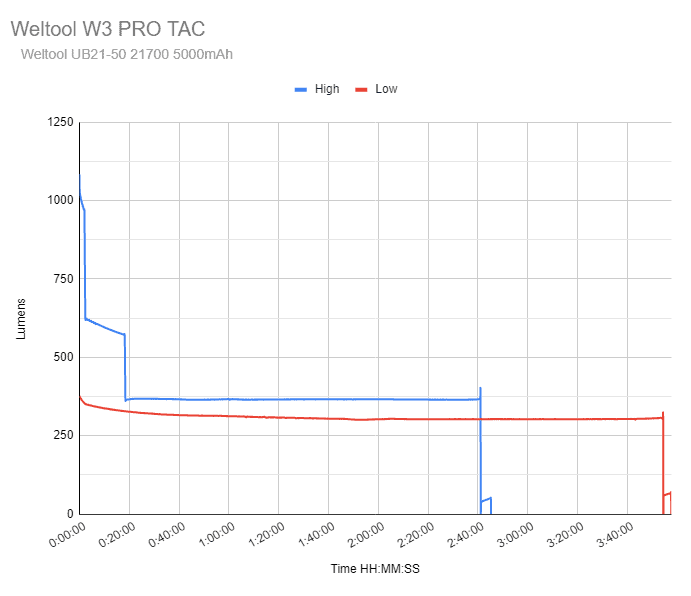
Weltool W3 PRO vs W3 PRO TAC
People would also like to know how it performs against its older sibling, the W3 PRO. So here we have the runtime graphs combined for the highest modes. These are the numbers in lumens
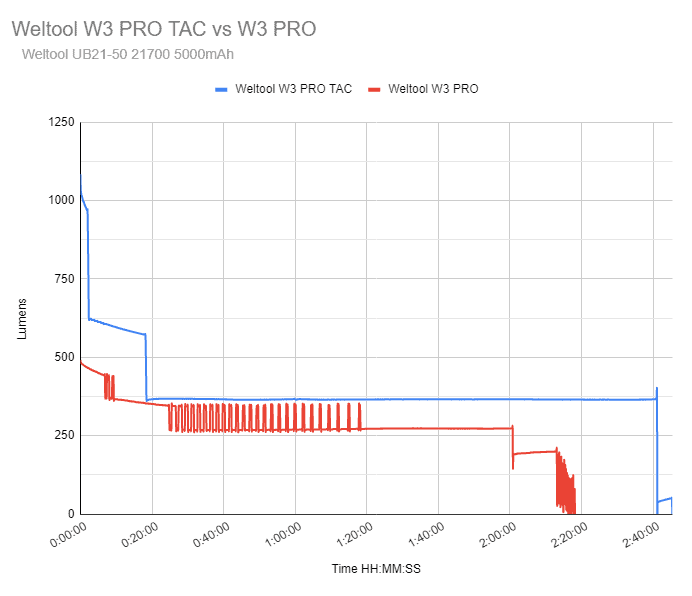
From this graph you can see that the new W3 PRO TAC has quite a bit higher output for the first 20 minutes. After that, the difference isn’t that big, but it runs for quite a bit longer, and is much more stable.
Weltool W3 PRO TAC peak beam intensity and beam distance measurements
About Peak beam intensity: Understanding ANSI FL1 Standards About peak beam intensity The calculated value of distance in meters at which the flashlight produces a light intensity of 0.25 lux. (0.25 lux is about the brightness of a full moon shining on an object). This means that the intensity has decreased so much, it becomes difficult to see darker objects, or objects that don’t reflect light. The columns ‘Meters’ and ‘Yards’ use rounded numbers.Measurements were taken indoors with a Hagner E4-X Lux Meter.
| Weltool W3 PRO TAC | Specs | Measured candelas | Meters | Yards | Miles |
|---|---|---|---|---|---|
| Low | 172,500 cd | 198,000 cd | 890 | 973 | 0.55 |
| High | 547,500 cd | 583,600 cd | 1528 m | 1671 yd | 0.95 mi |
Now I want to compare it with the W3 PRO as well, and this is quite interesting.
This is a comparison in terms of beam intensity (candelas).
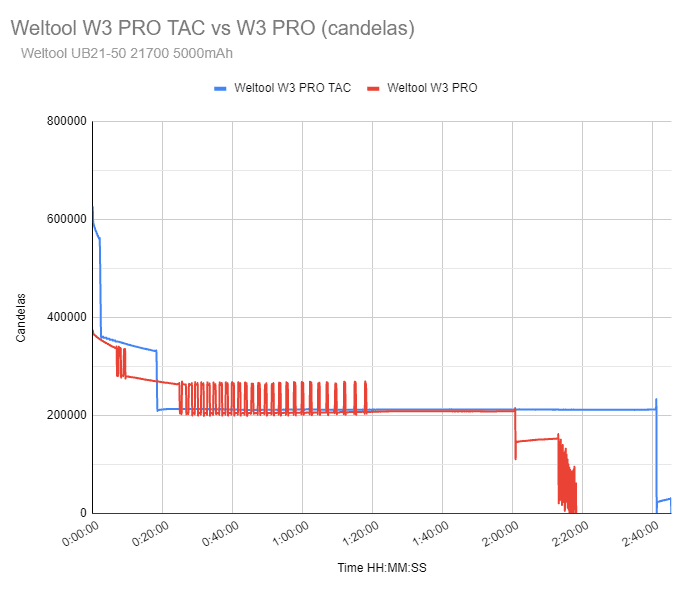
You can see that in terms of actual candeals, the difference isn’t that big. But you need to keep in mind that the output (wider beam) of the W3 PRO TAC makes it so much more interesting.
Vs other LEPS
LEP flashlight comparison: small LEP flashlights (< 40mm)
A comparison list with single-cell LEP flashlights we reviewed: These numbers are NOT from the specifications but measured by our reviewers. They include all single-cell LEP flashlights with a smaller diameter head (smaller than 45mm). The numbers include the measurement in lumens (lm), measure candela (cd), and calculated distance in meters, and yards. These numbers are all measured 30 seconds after turning on.
| Flashlight | @30sec (lm) | Candela (cd) | Meters | Yards |
|---|---|---|---|---|
| Acebeam W10 gen2 | 474 | 496,000 | 1409 | 1540 |
| Fenix TK30 | 493 | 384,000 | 1239 | 1355 |
| Fenix HT30R | 474 | 700,000 | 1673 | 1830 |
| Jetbeam M2S WP-RX | 354 | 345,000 | 1175 | 1285 |
| Jetbeam RRT M2S Raptor | 365 | 248,000 | 996 | 1089 |
| Lumintop Thor 1 | 323 | 356,000 | 1193 | 1305 |
| Lumintop Thor 2 | 324 | 888,000 | 1888 | 2065 |
| Lumintop Thor 2 v2 | 297 | 752,000 | 1734 | 1897 |
| Maratac LEP DX Reach rev. 2 | 291 | 396,000 | 1259 | 1376 |
| Nextorch L10 Max | 421 | 440,000 | 1327 | 1451 |
| Nextorch T7L | 524 | 428,000 | 1308 | 1430 |
| Nextorch T10L | 468 | 484,000 | 1391 | 1522 |
| Olight Odin Turbo | 379 | 368,000 | 1213 | 1327 |
| Richfire SFC-039 | 194 | 197,896 | 890 | 973 |
| TrustFire T30R | 105 | 147,500 | 768 | 840 |
| Weltool W3 Pro | 478 | 363,000 | 1206 | 1319 |
| Weltool W3 PRO TAC | 1017 | 583,600 | 1528 | 1671 |
Interactive runtime graphs below
Below are interactive throw comparison graphs (candela), between single-cell LEP flashlights with a small head (+-<40mm). Hover your mouse over the interactive graph below to see the details of each specific light.
(tip: hold your mobile phone horizontally to see the full graph). Or check this link to view the full interactive graph.
Same, but then focused on the first 30 minutes. Or open new window for 30min interactive graph here.
And now zoomed in to see the details. Or open the following link for the interactive graph.
Beamshots
For the following beamshots, I used a Canon EOS 5D mk2 with a 100mm lens. Manual settings: ISO1600, 0.5sec, F4, 5000K
The tower is about 450 meters / 492 yards away.
Compared to the following flashlights:
- Lumintop Petal
- Natfire SF2
- Weltool W3 PRO
- Weltool W3 PRO TAC
- Fenix HT30R
- Loop SK01s
- Mateminco FW3
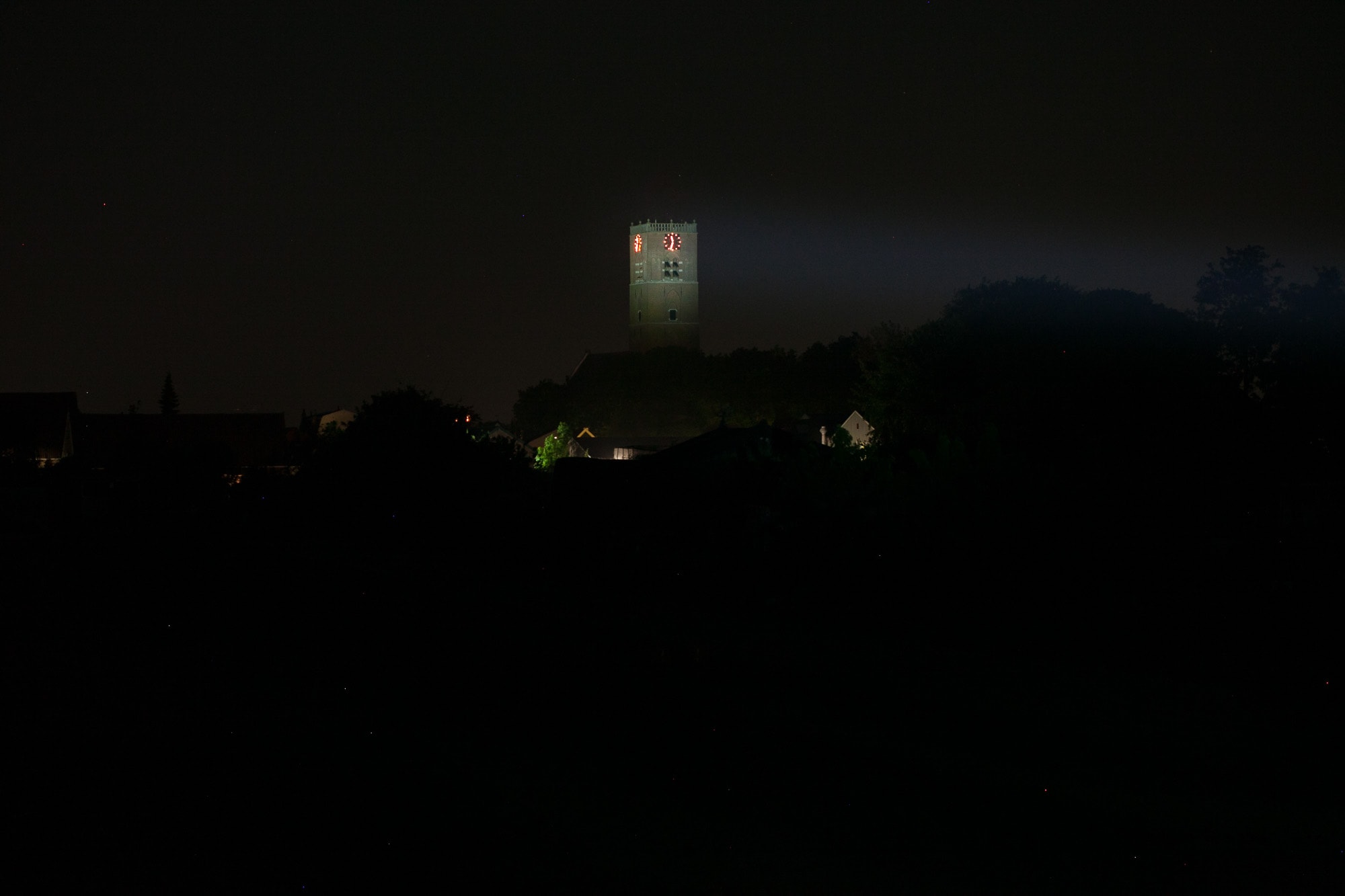
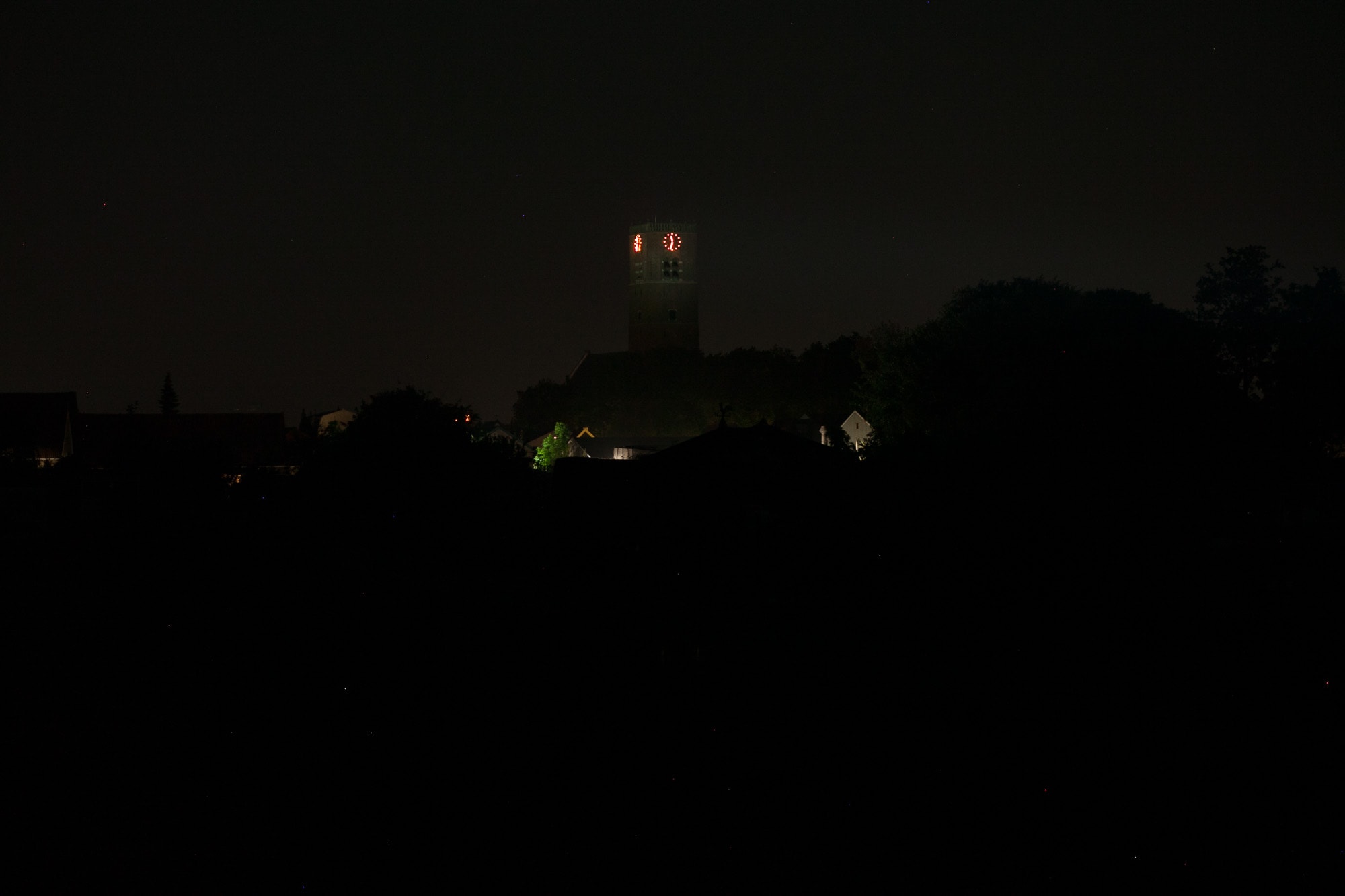
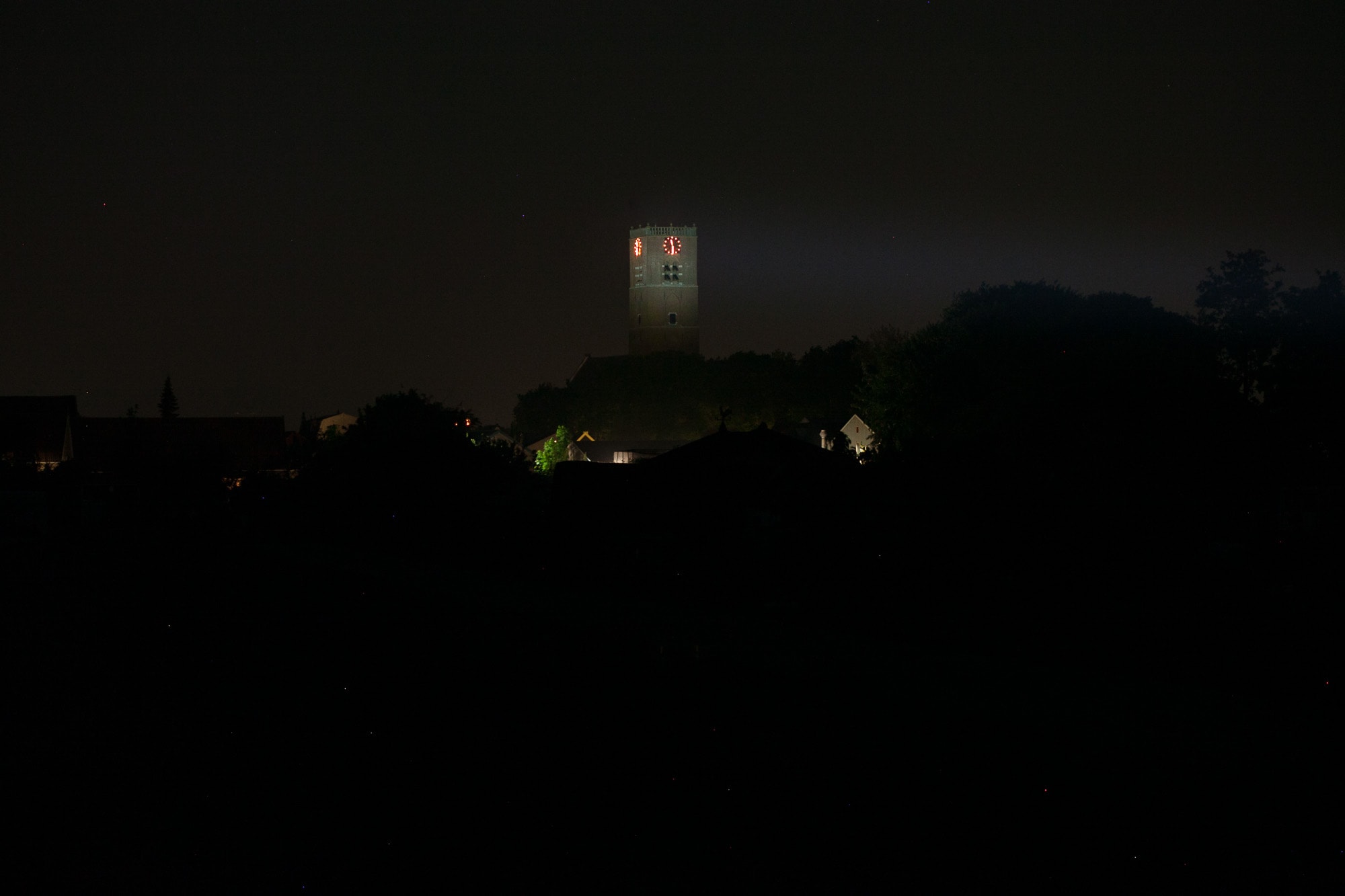
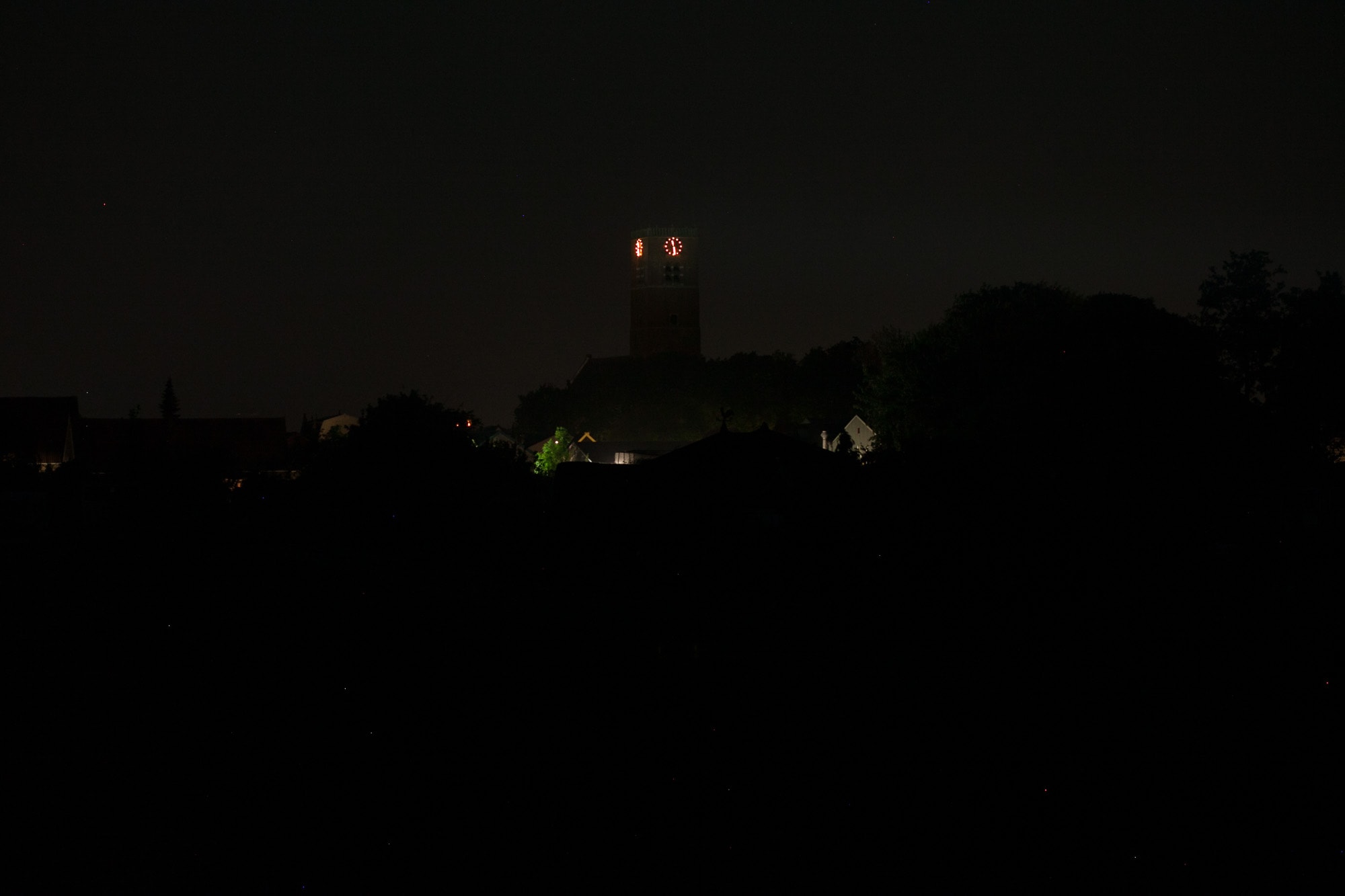
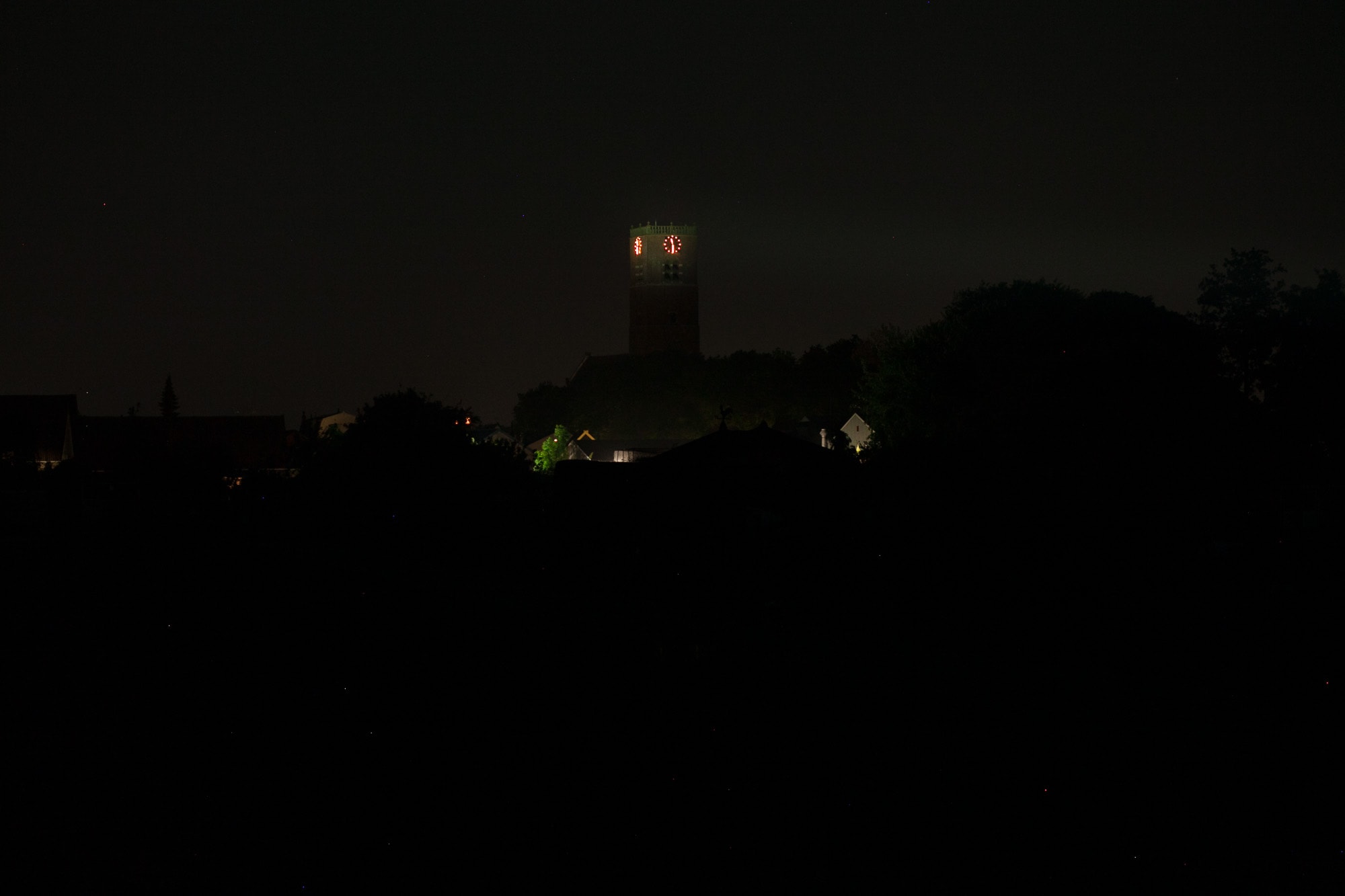
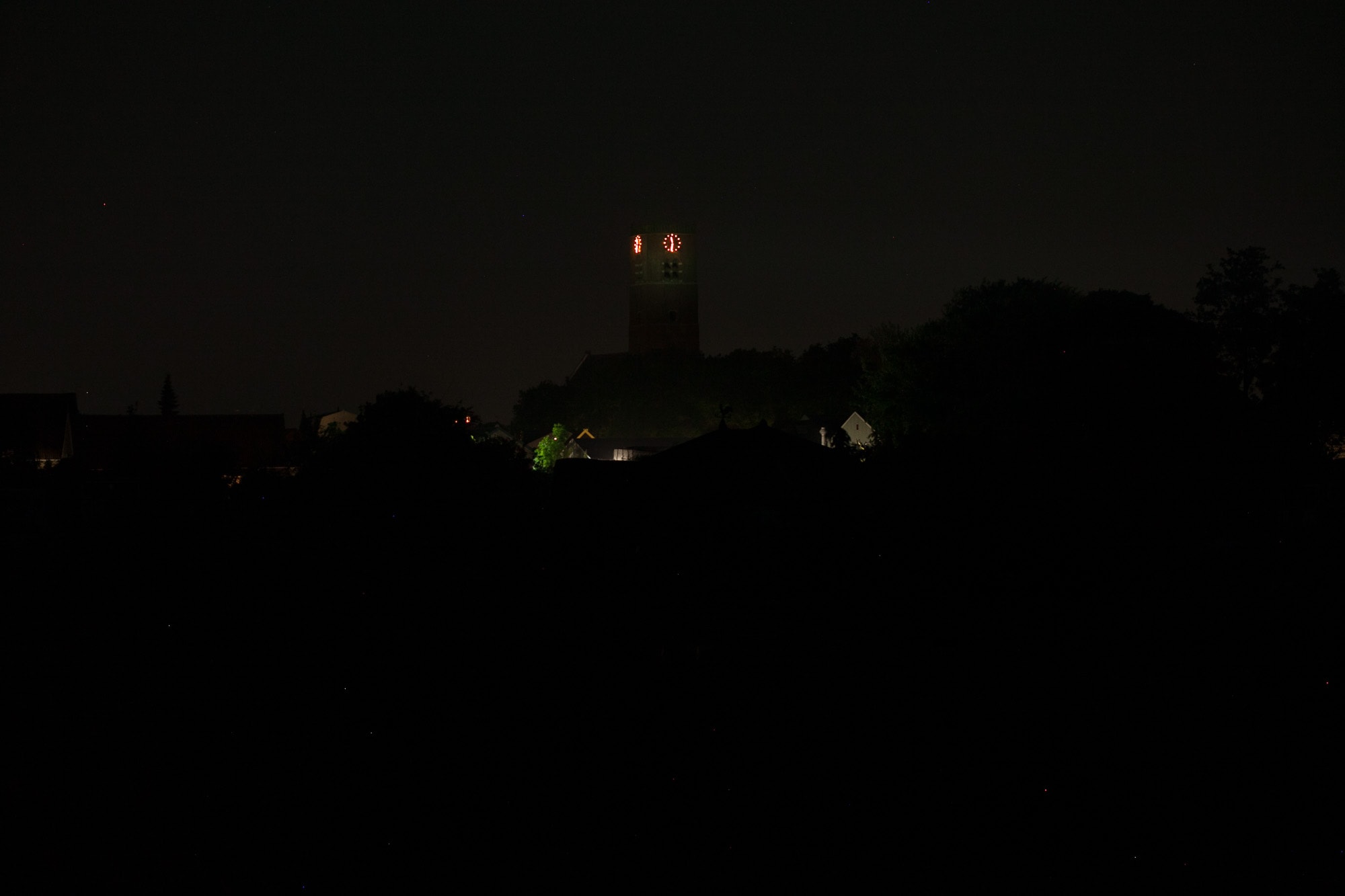
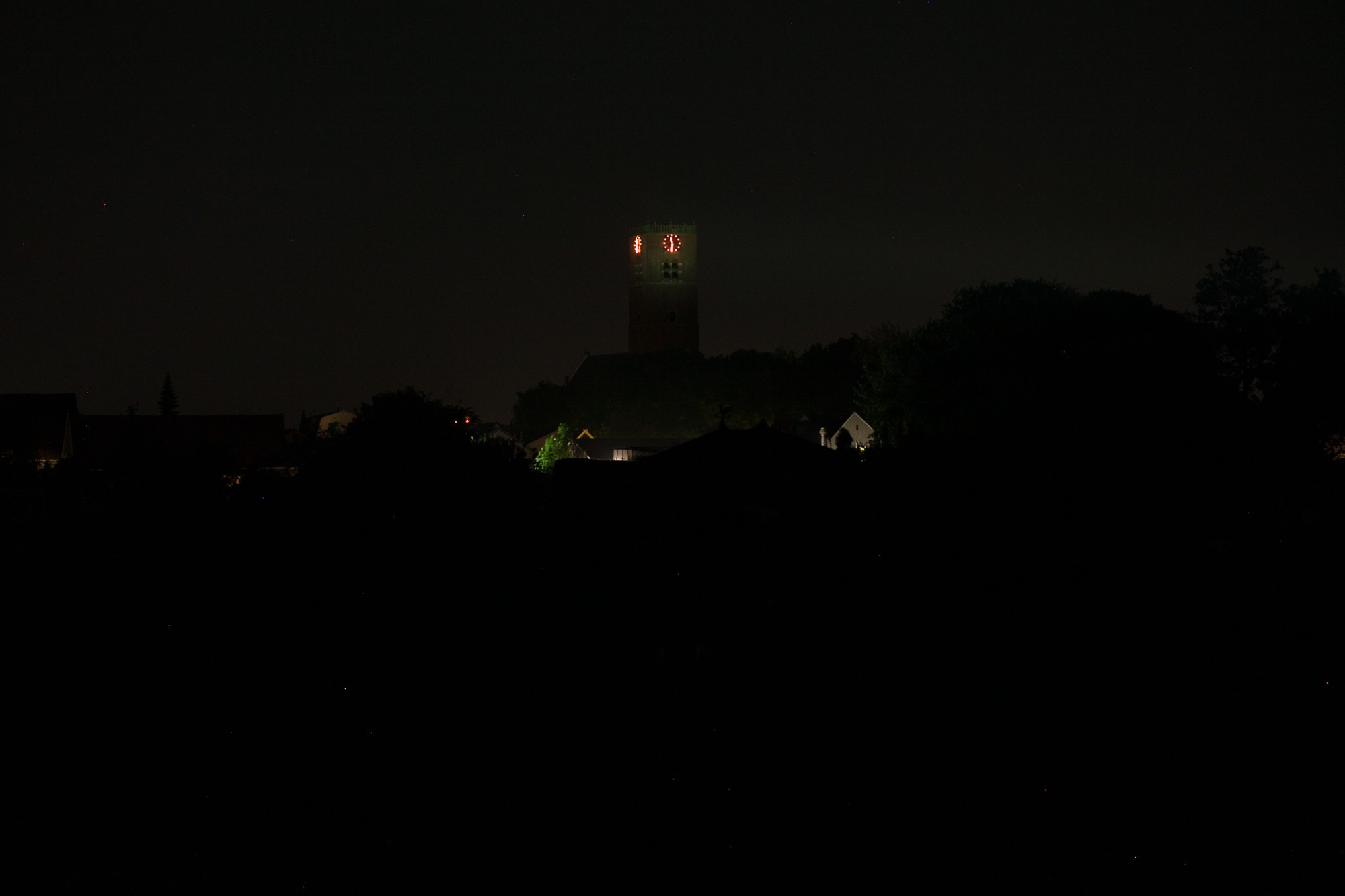
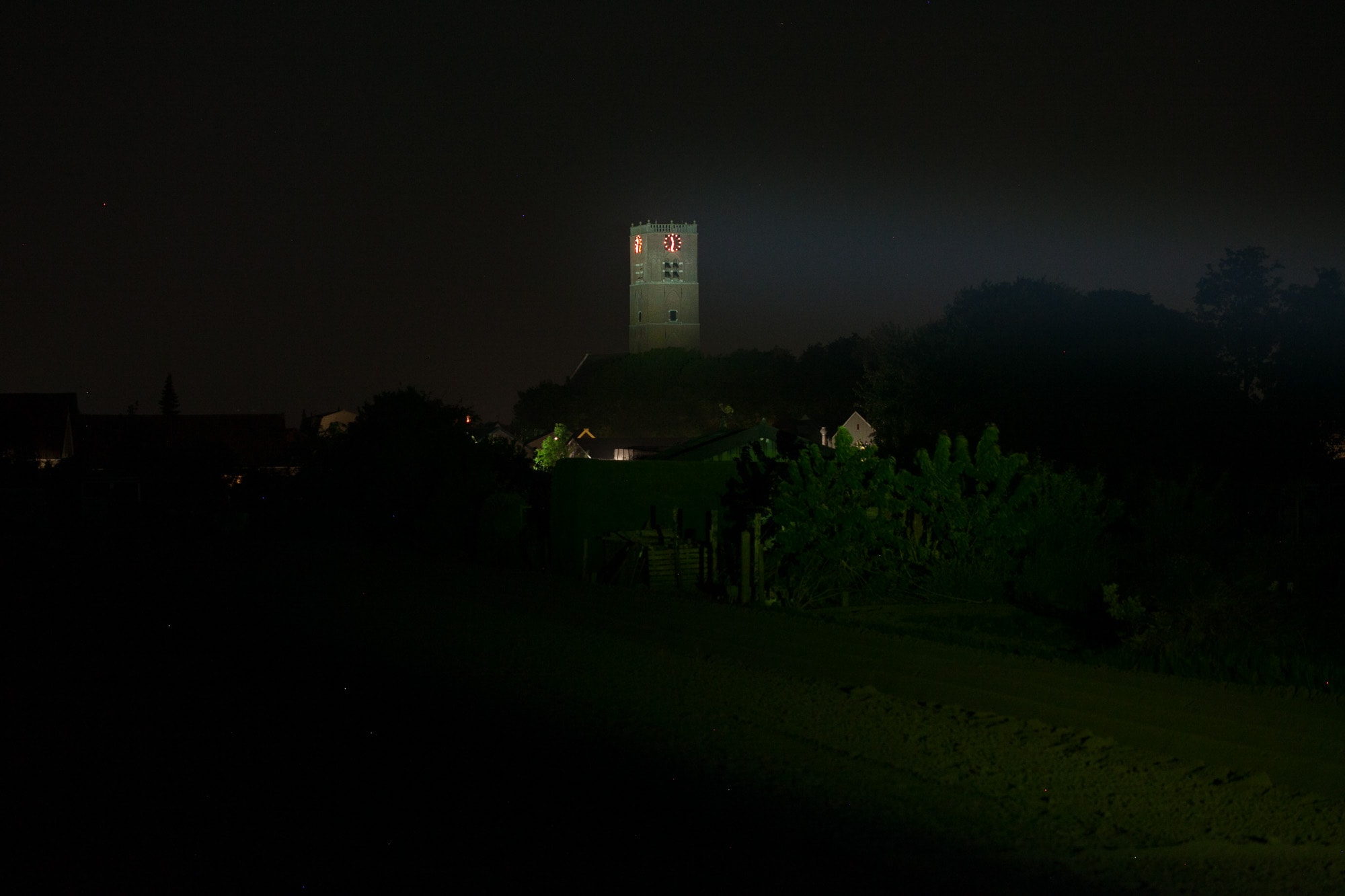
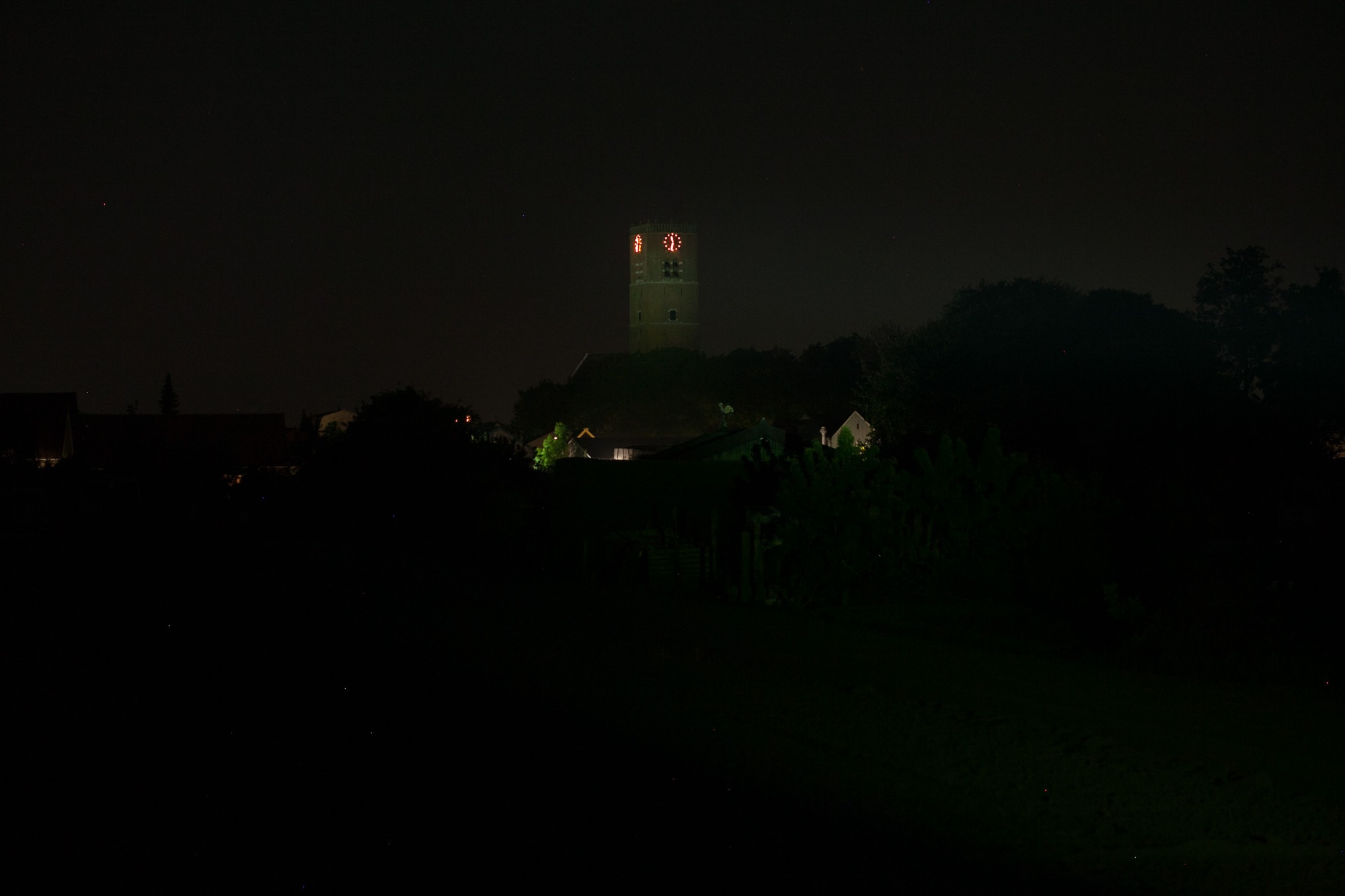
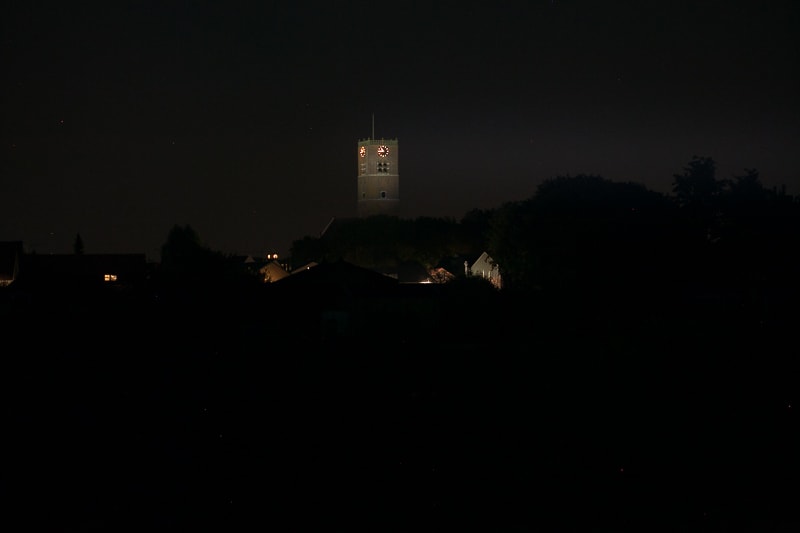
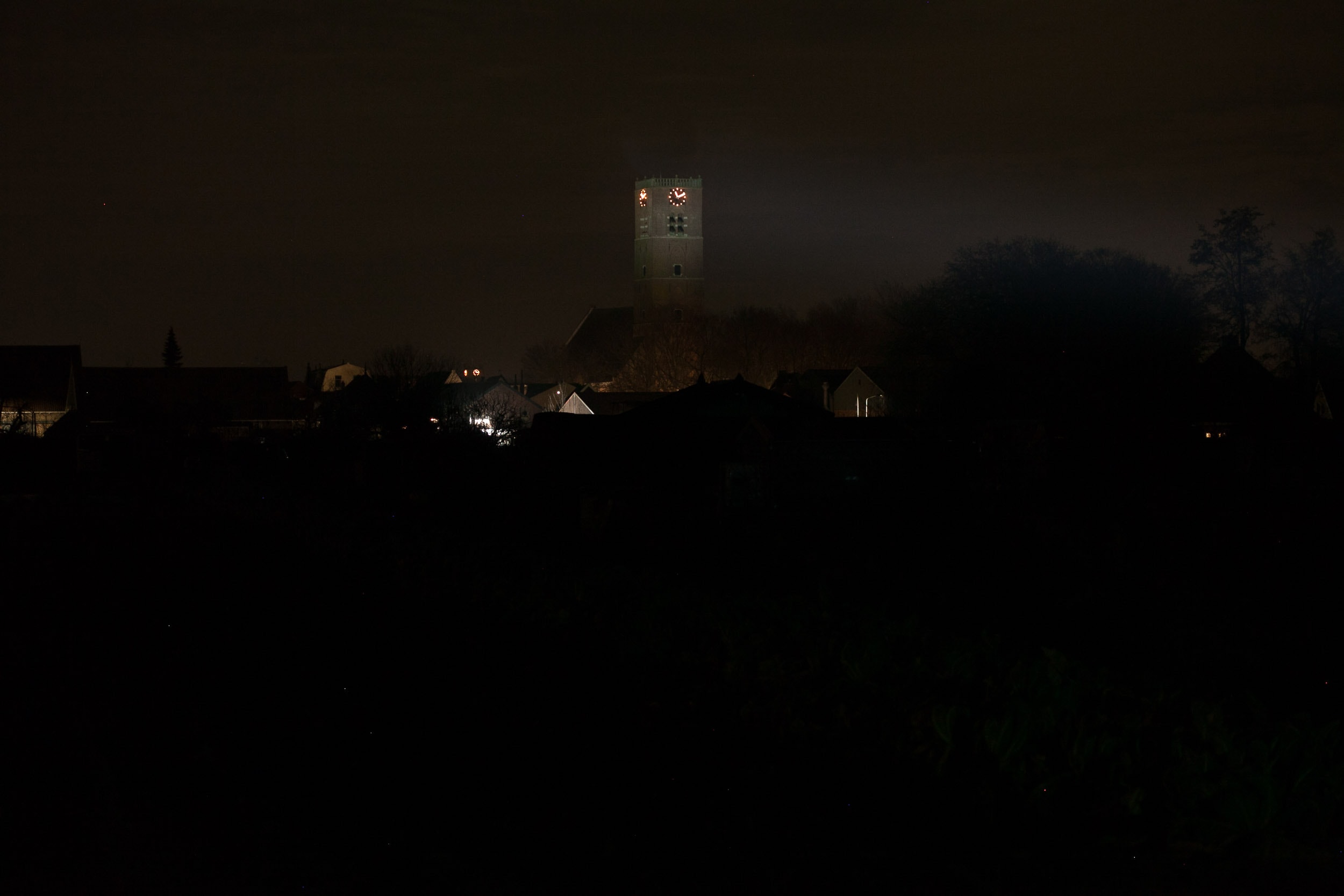
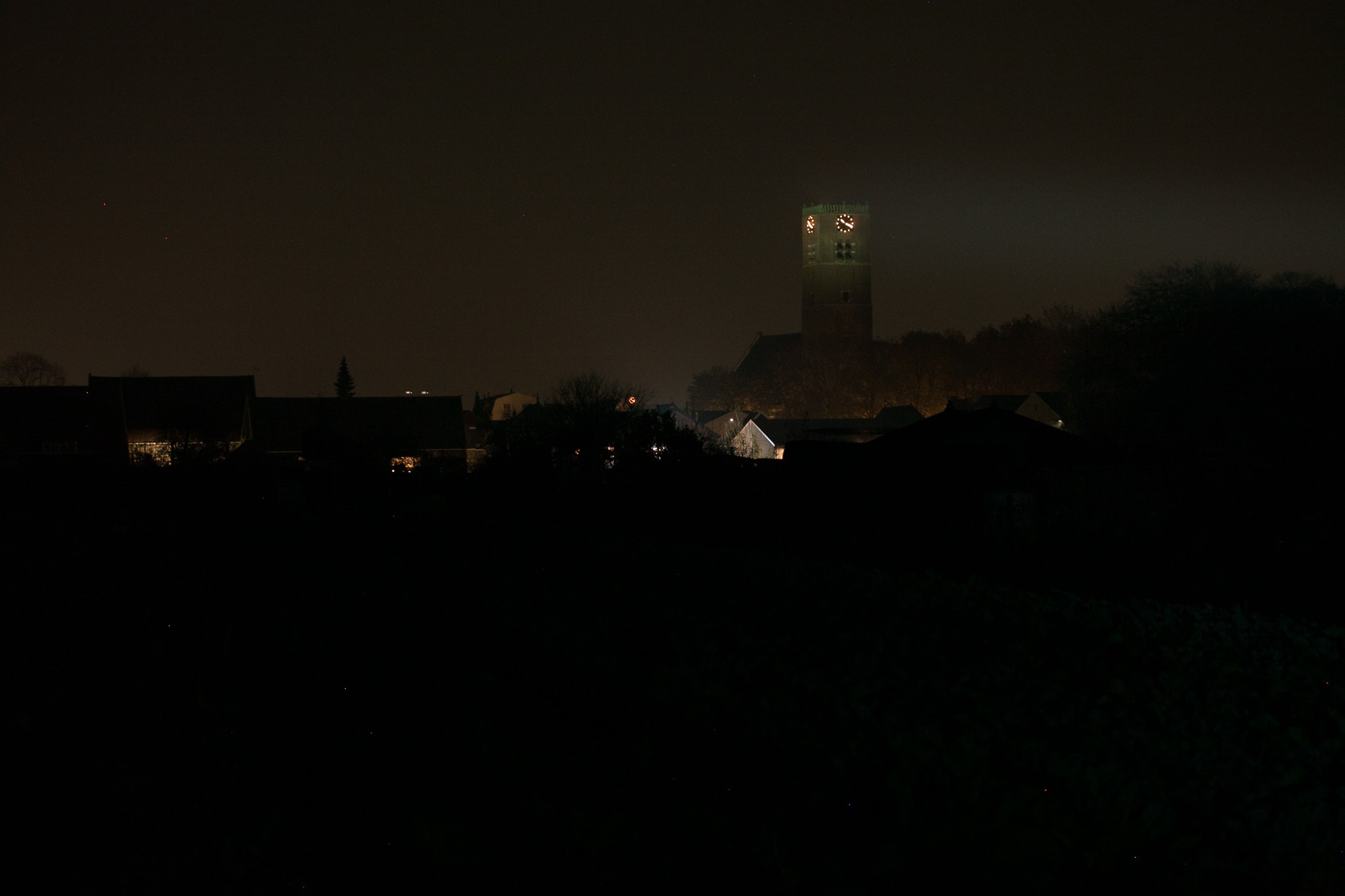
Disclaimer: This flashlight was sent to me for review at no cost by Weltool. I have not been paid to review, nor have I been holding back on problems or defects.
Final Verdict
Pros
- Very grippy knurling
- Low Voltage still produces high output (see performance section)
- One of the highest output single-cell LEP flashlight currently measured
- Has low mode (but hidden)
Cons
- Greenish beam! Obvious while white wall hunting
- No accessories like lanyard or holster is included
- UI: Low mode is hidden, you have to first enter Strobe first
Explanation on star ratings:
1: Avoid: my phone flashlight would be a better choice – 2: Poor: significant defect or issues; almost unusable – 3: Average: some defects or issues; but still usable 4: Good: recommended (minor issues) – 5: Great: highly recommended

4.5 stars: ★★★★★⋆
While our star rating provides a reliable indicator, we encourage you to read the full review to make an informed decision based on your own needs and preferences.
At the time of writing this review, there are currently only 2 or 3 single-cell LEP flashlights with an output of over 900 lumens, and the W3 PRO Tac is one of them. But this is the singe brightest 21700 LEP flashlight I have ever seen.
I currently own about 40 LEPs, and this is quite a rare one.
It inherits the great build quality of the W3 PRO, but changed the internals from a mirror-type (class 3) LEP to shine-through (Class 1) LEP.
Normally that would mean a cleaner beam, and it certainly doesn’t have the blue rings we can see on some Mirror type LEPs, it’s not the nicest beam I have encountered either.
Buy your Weltool W3 Pro Tac here
1lumen selects and reviews products personally. We may earn affiliate commissions through our links, which help support our testing.